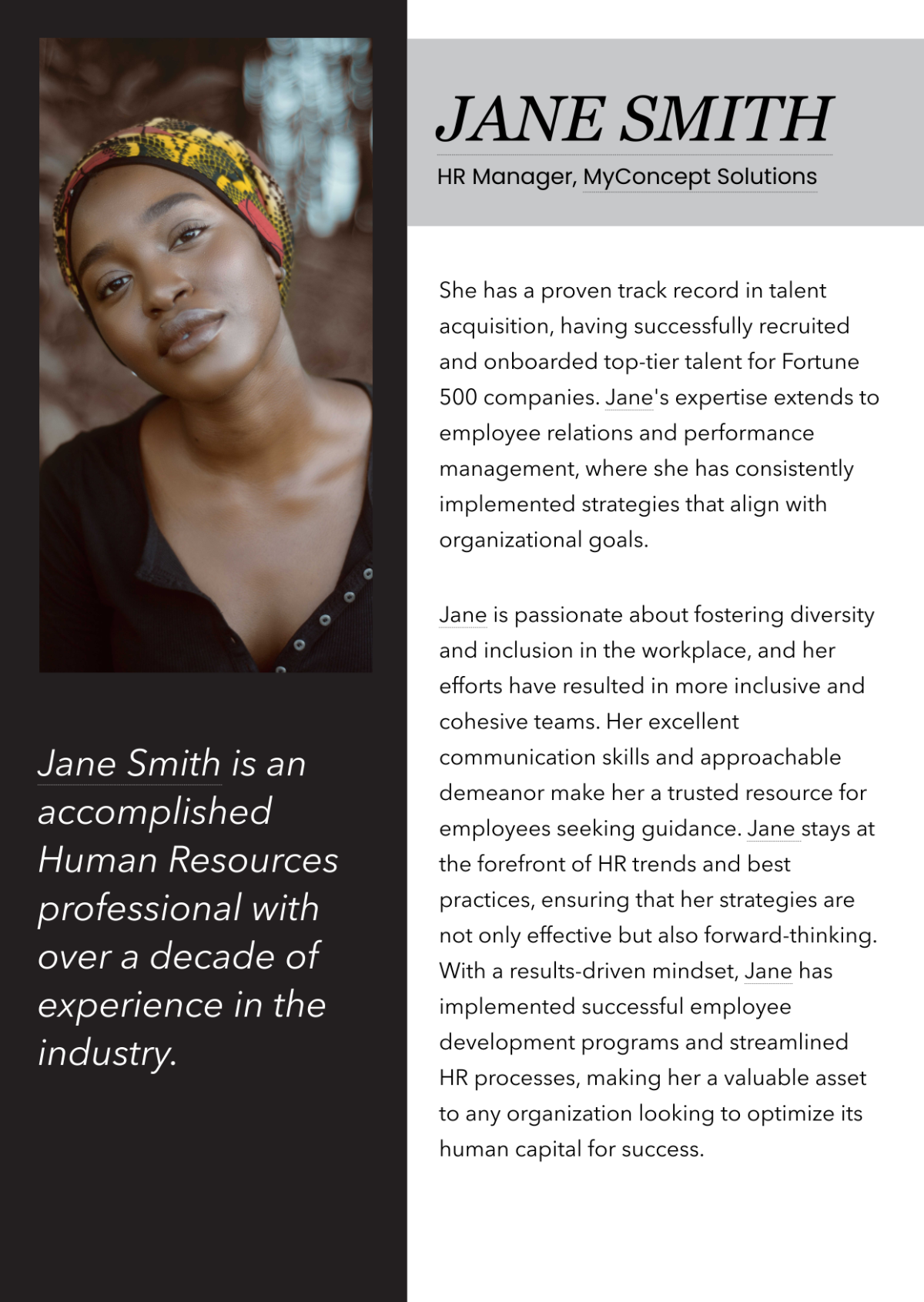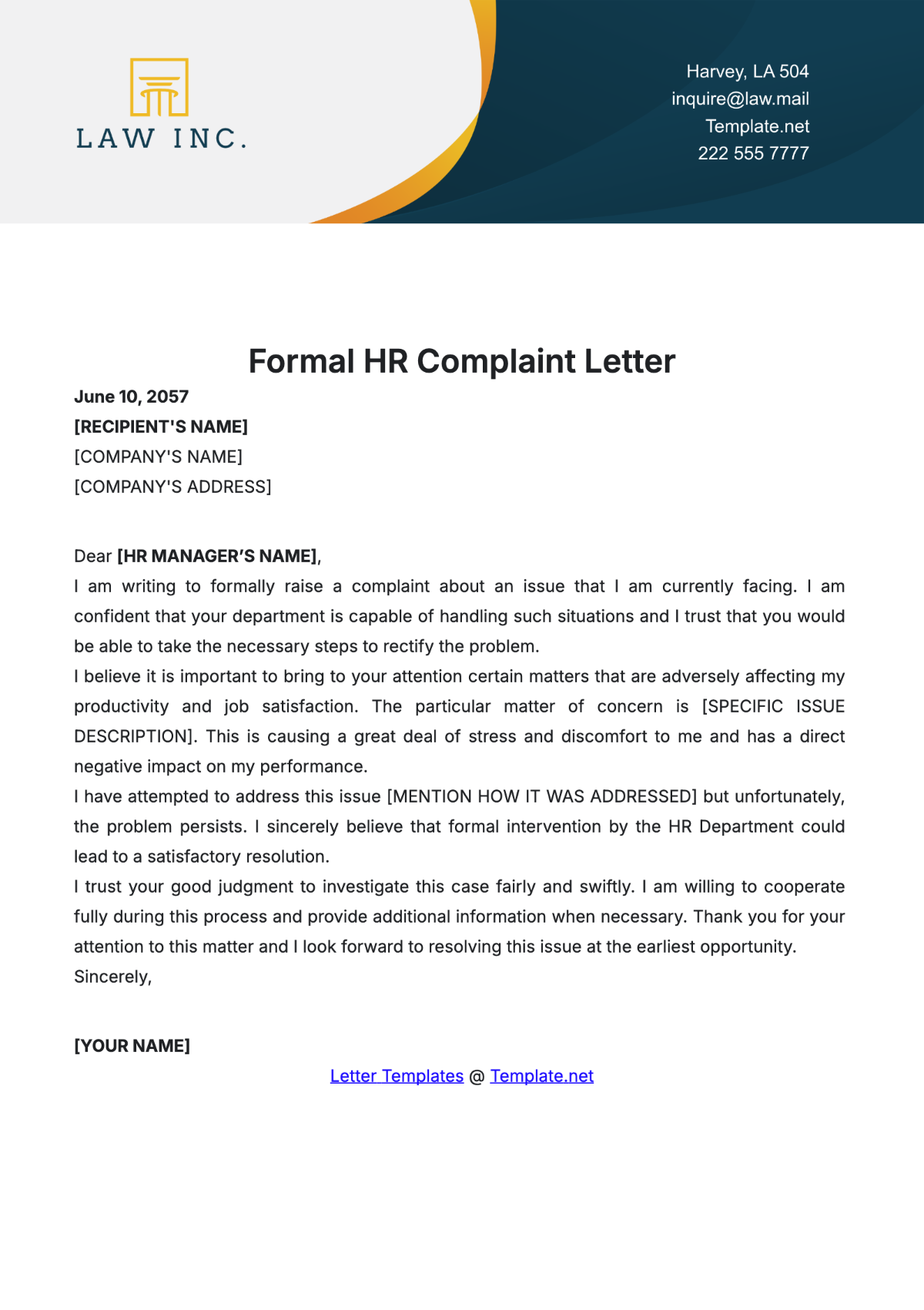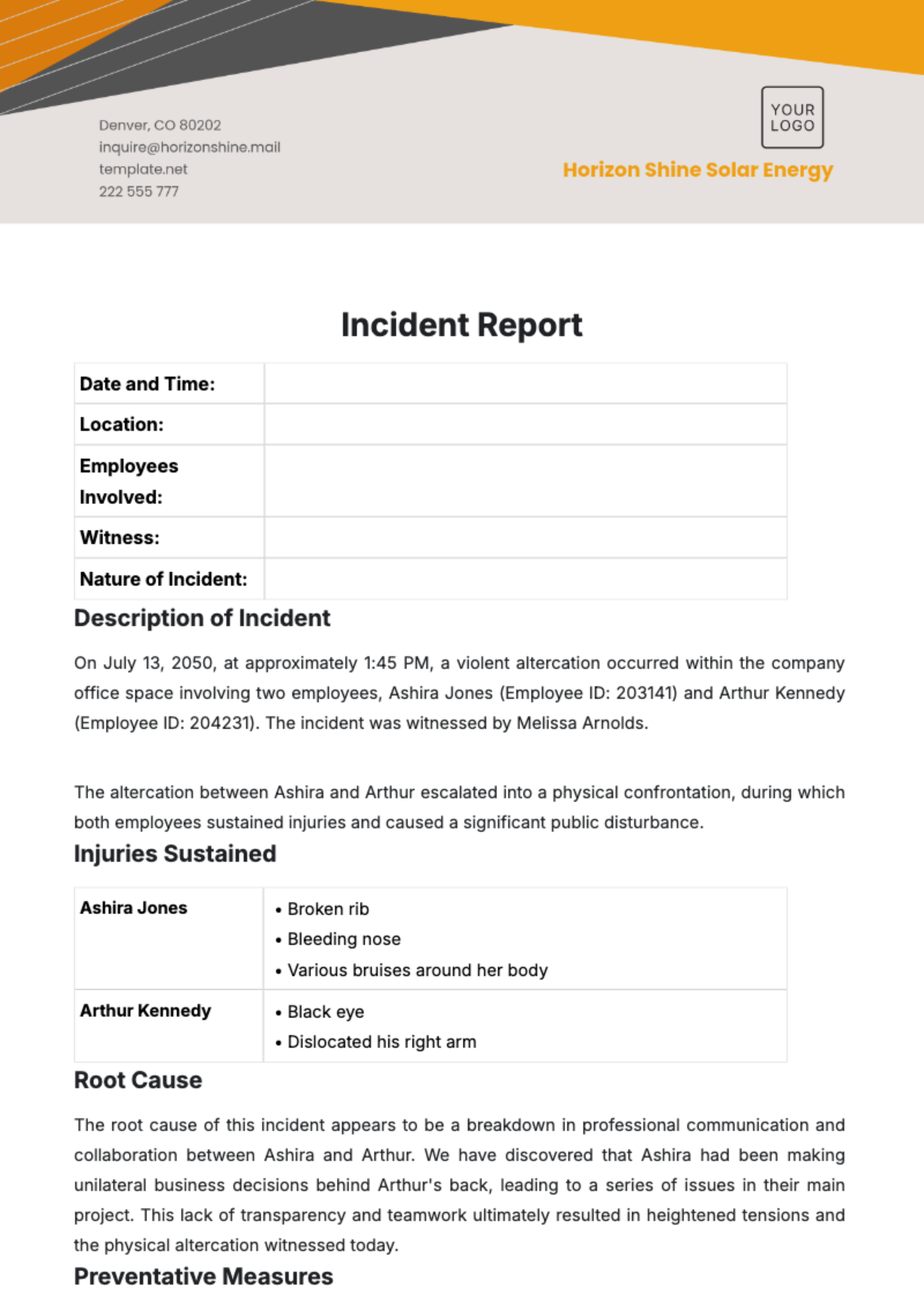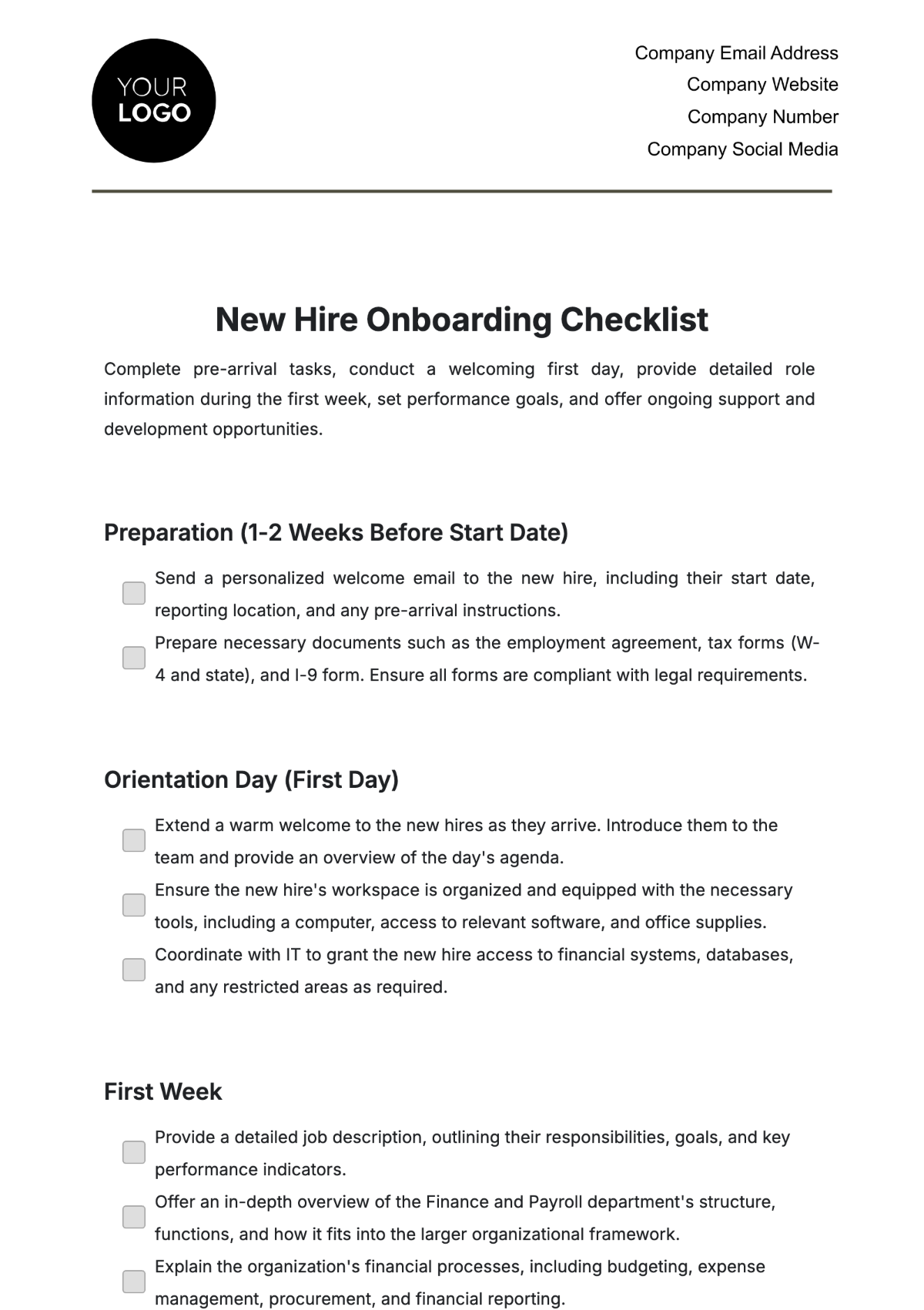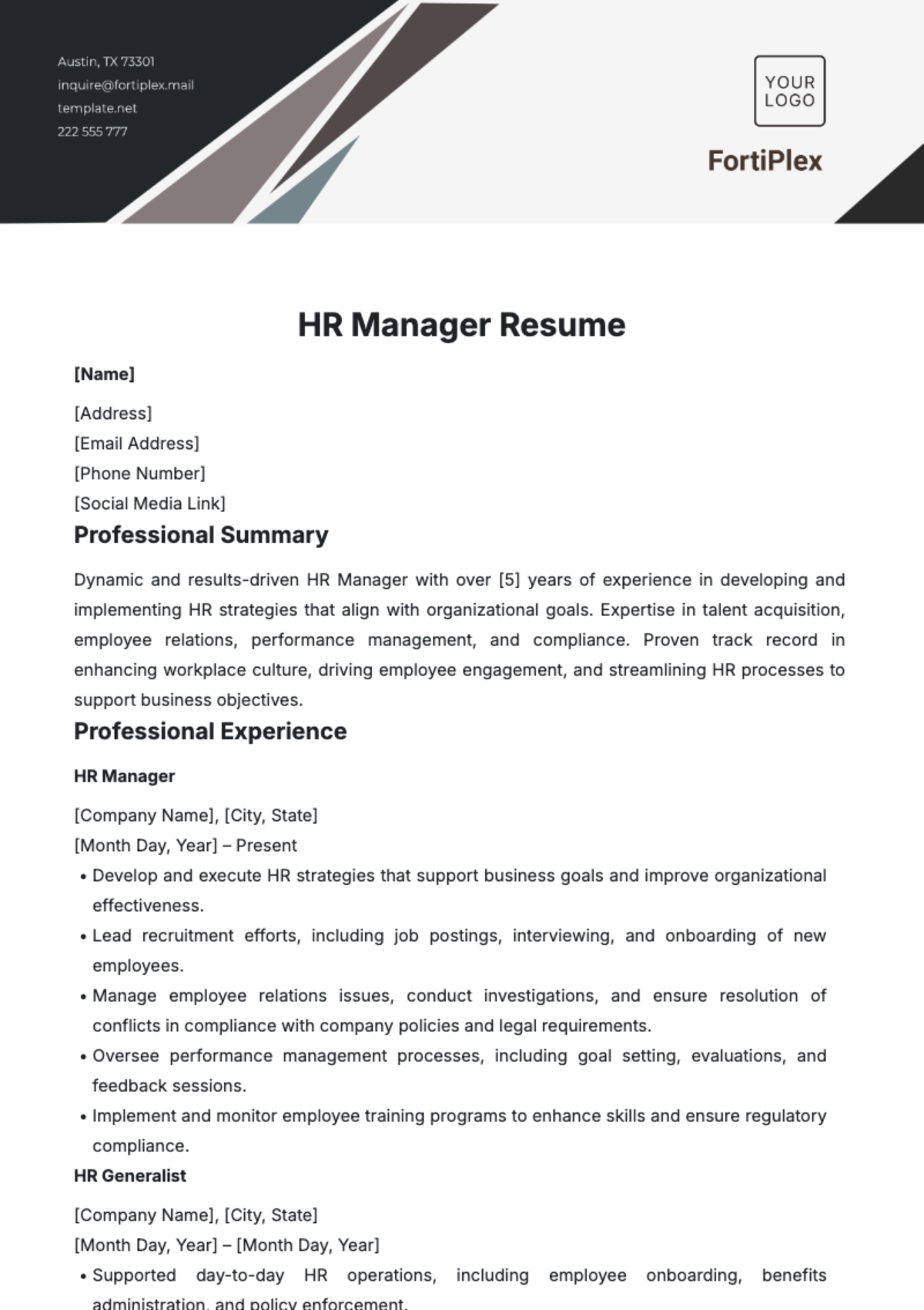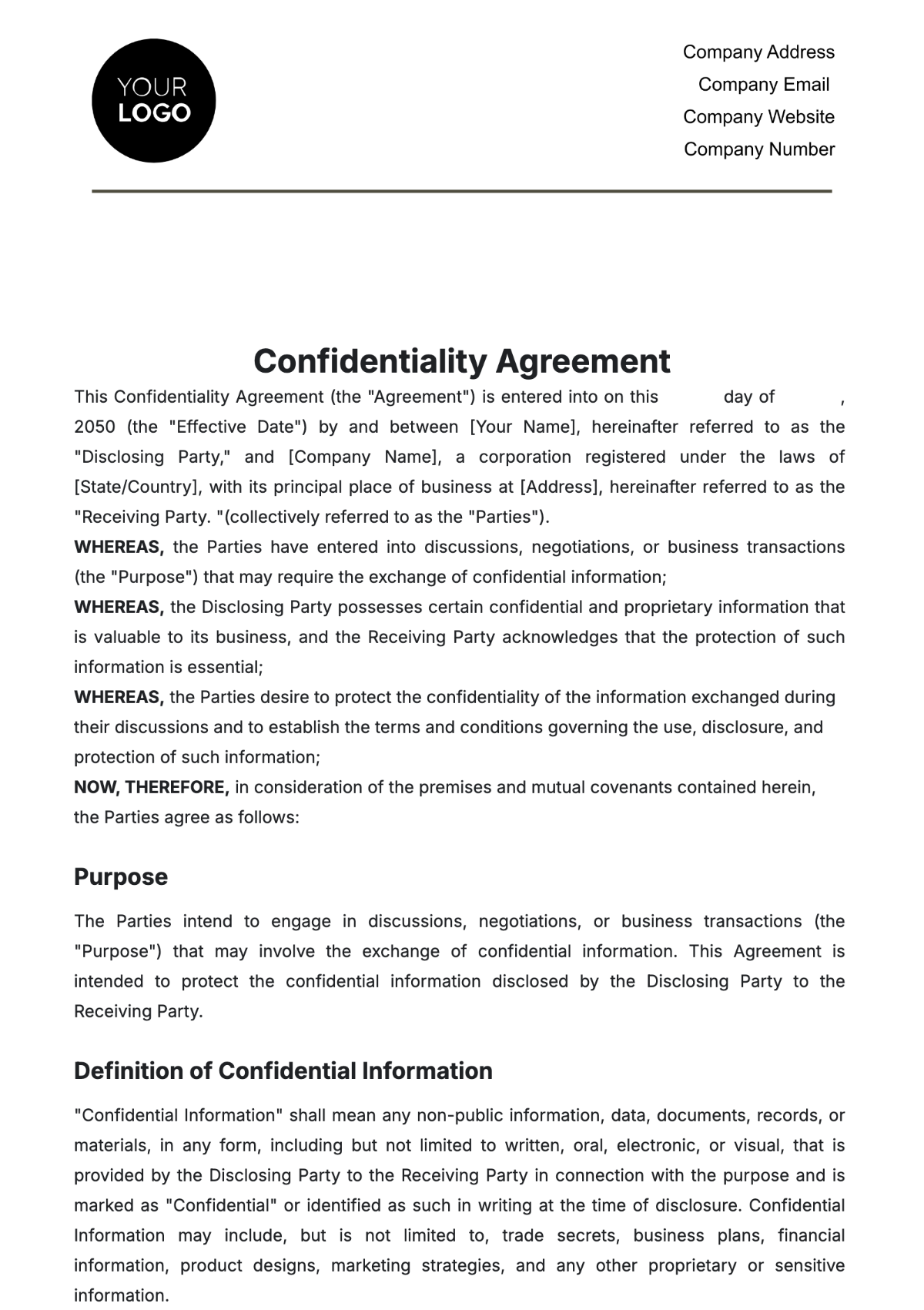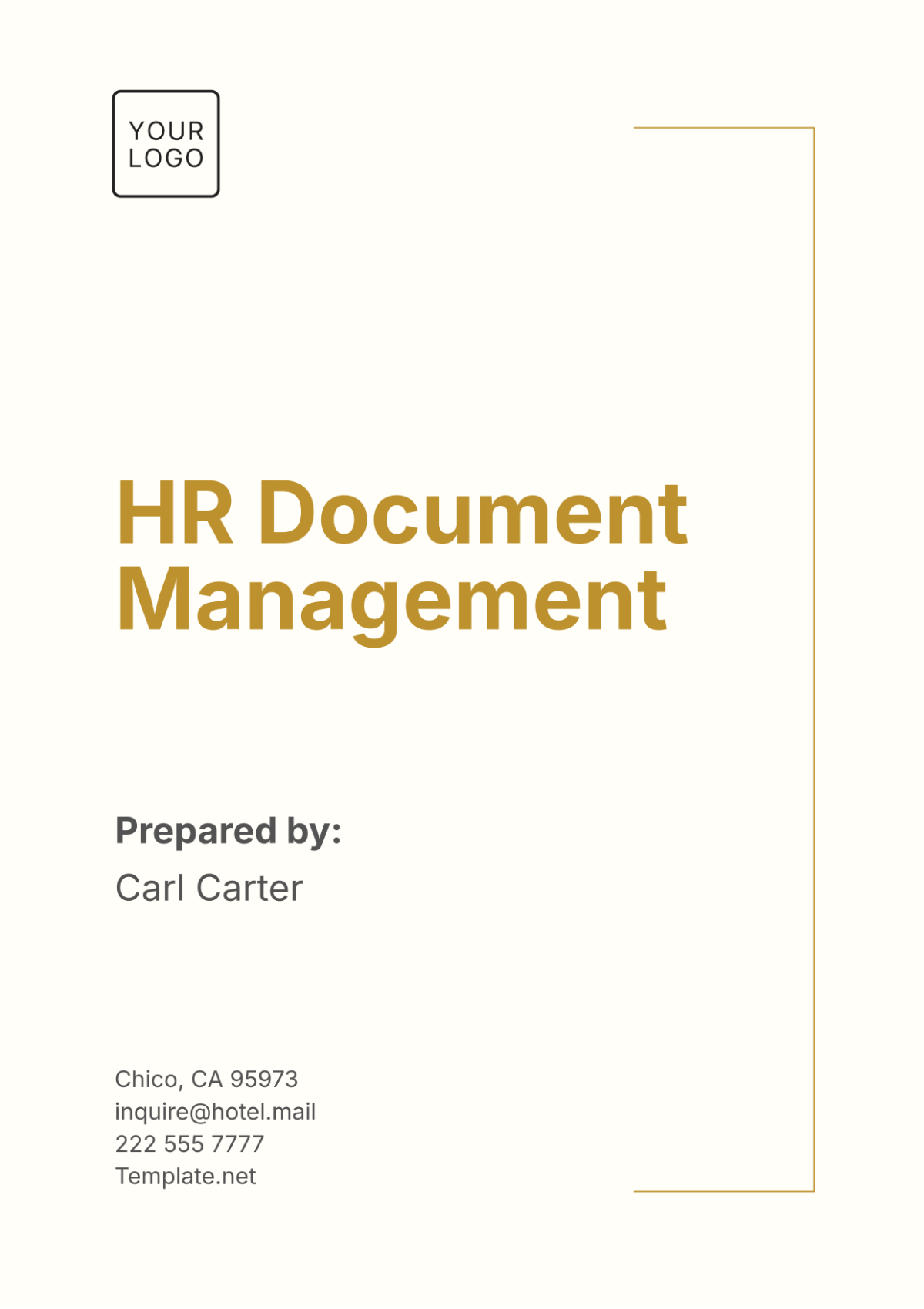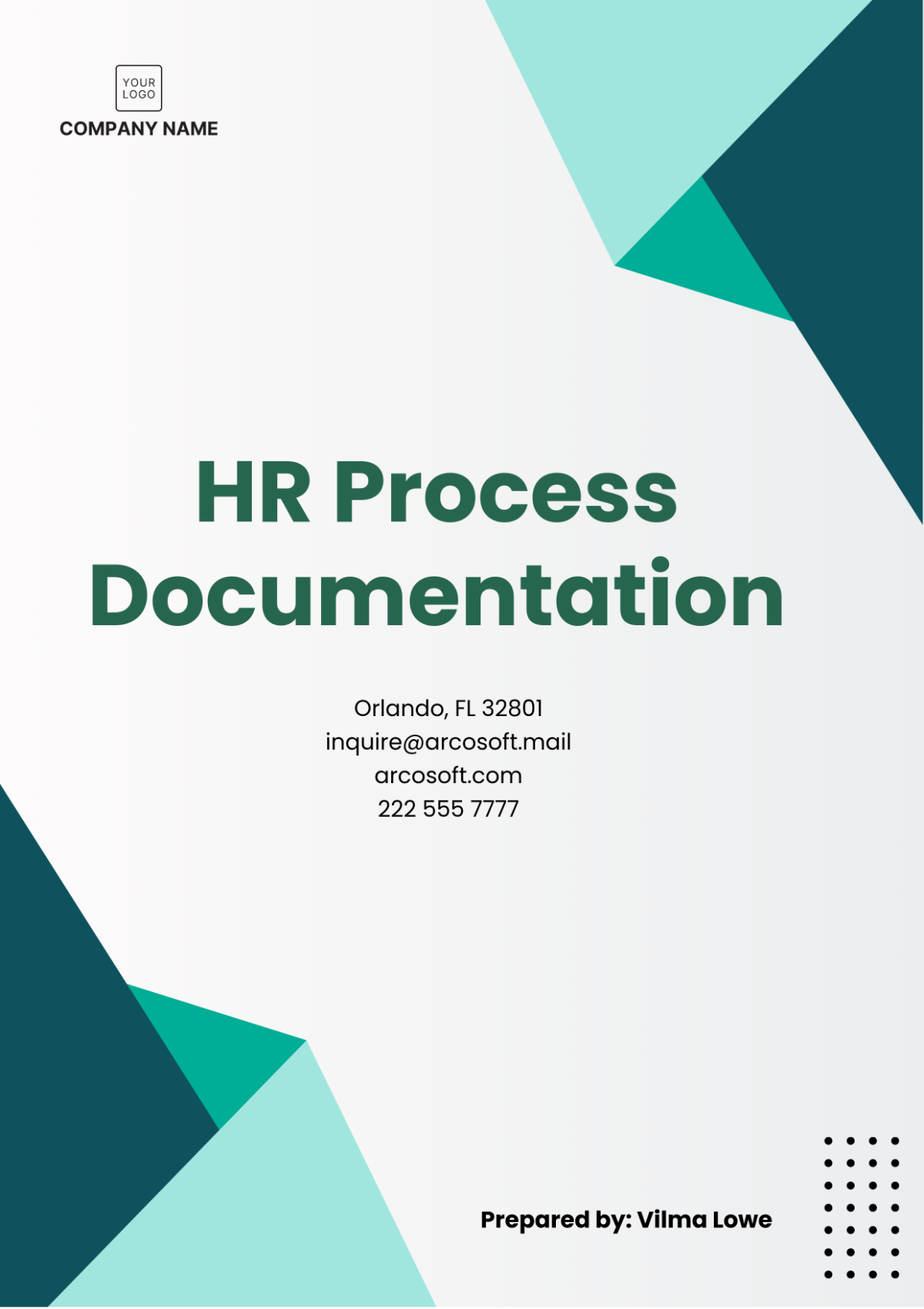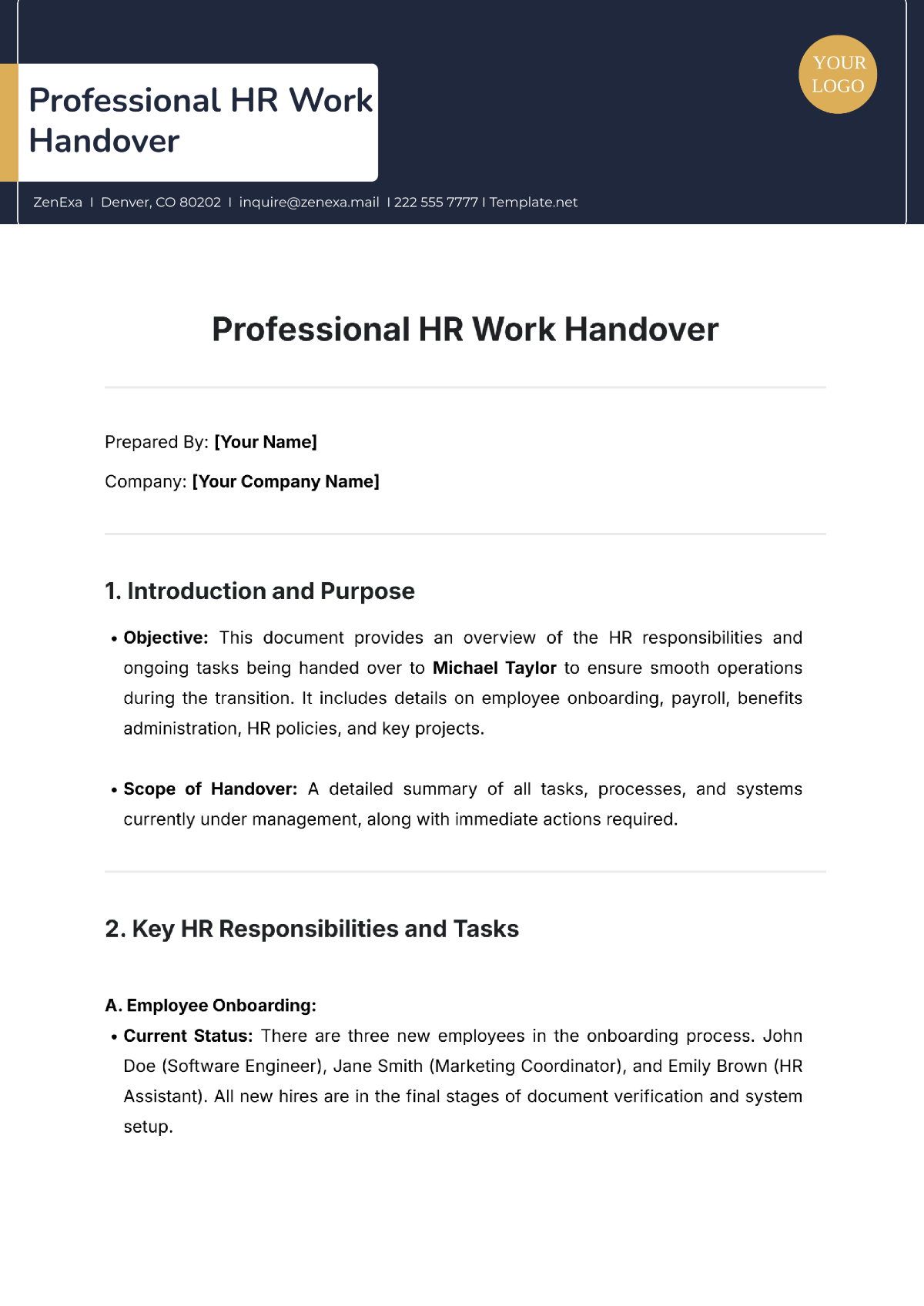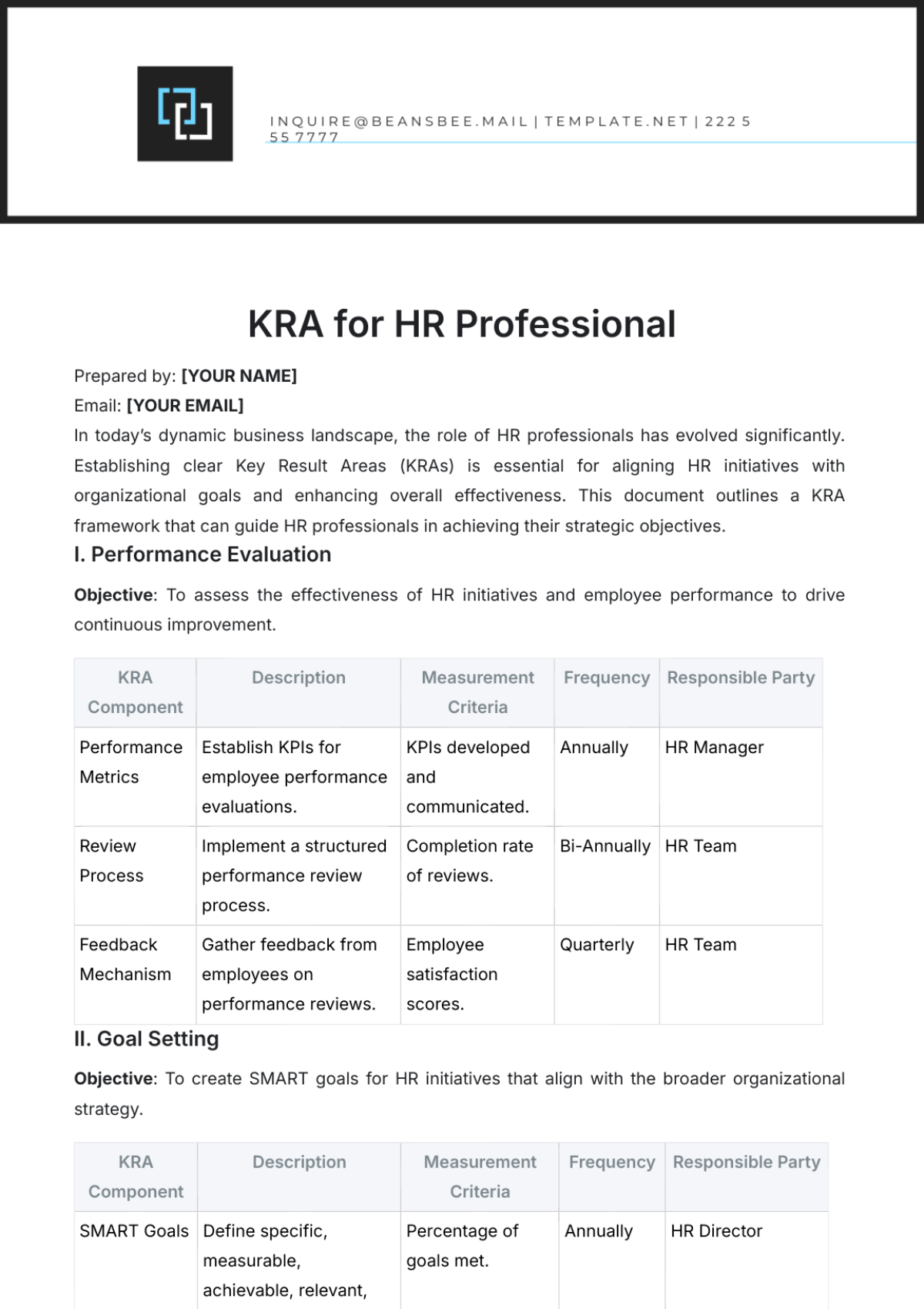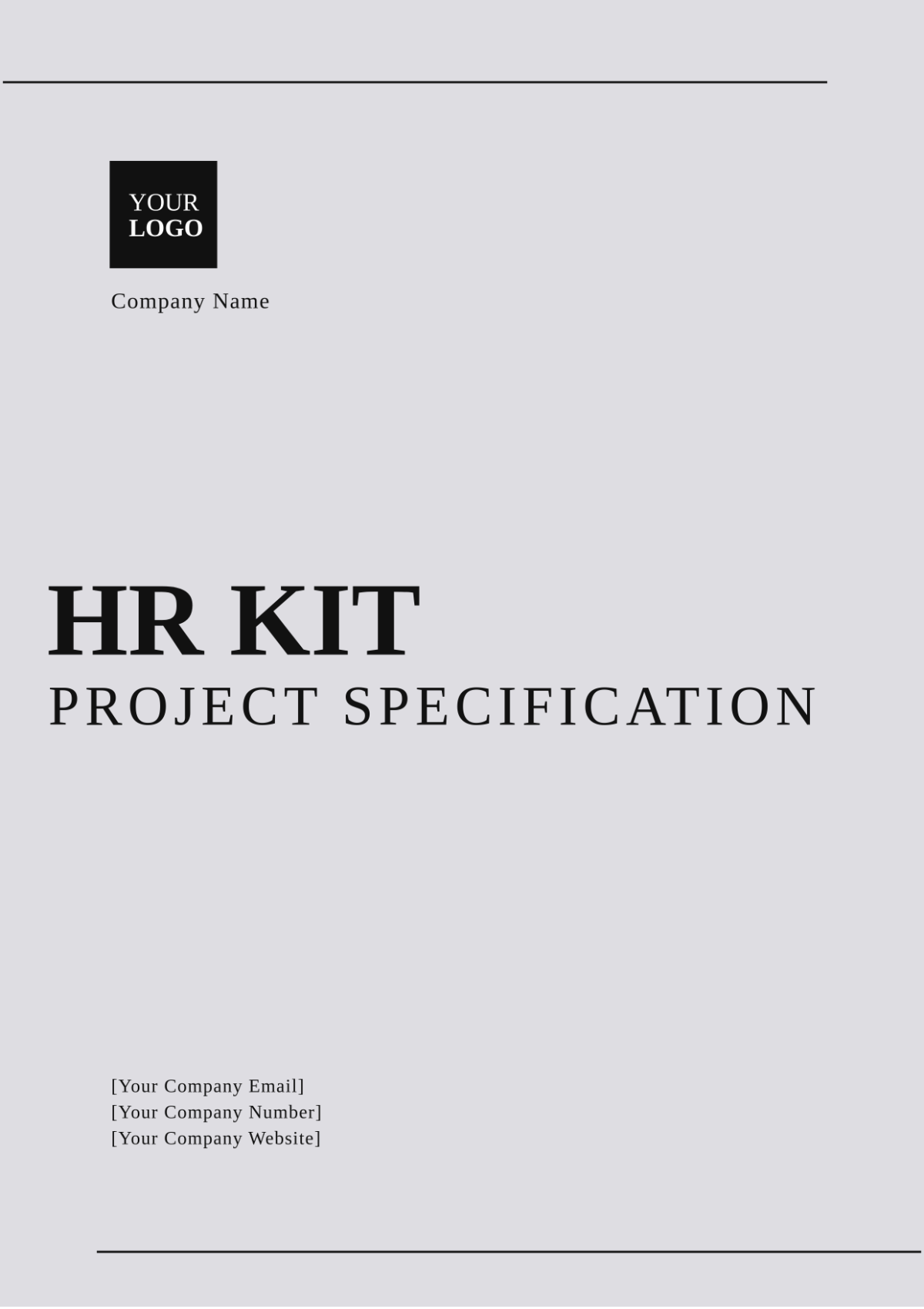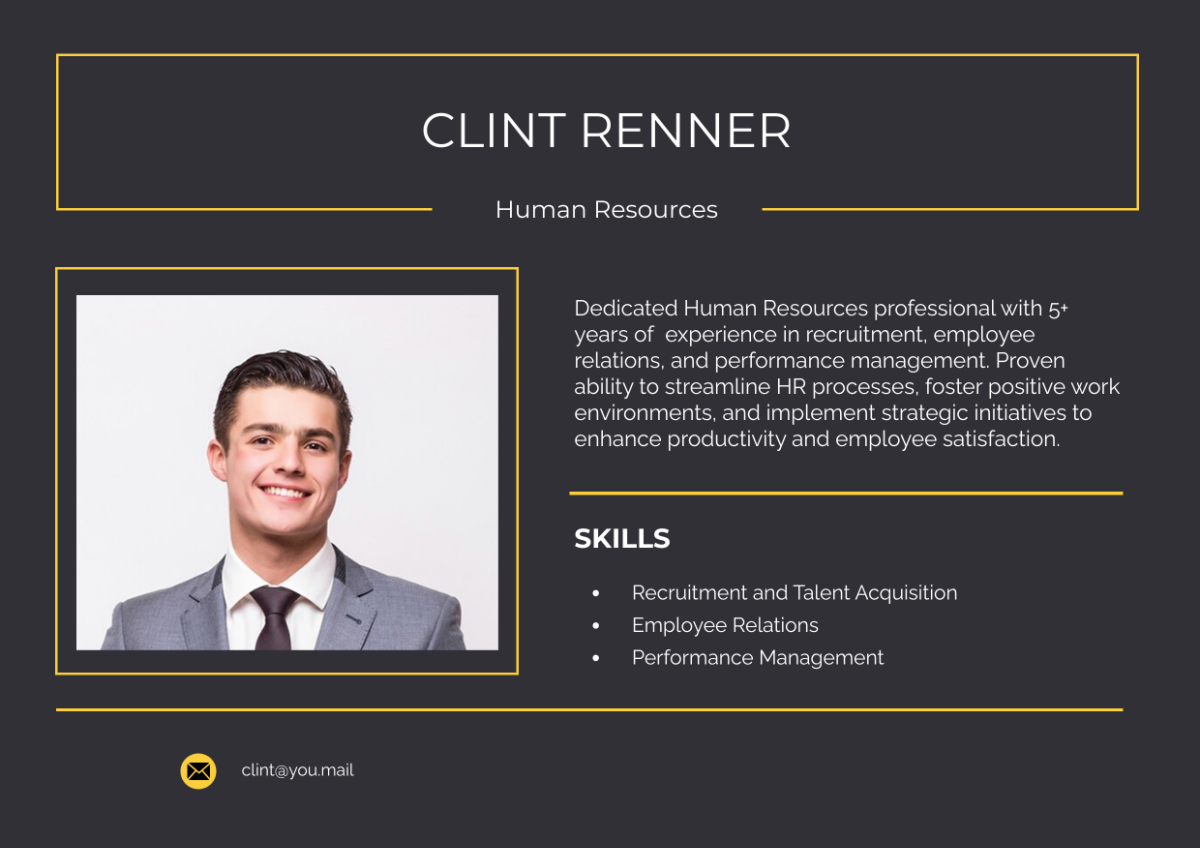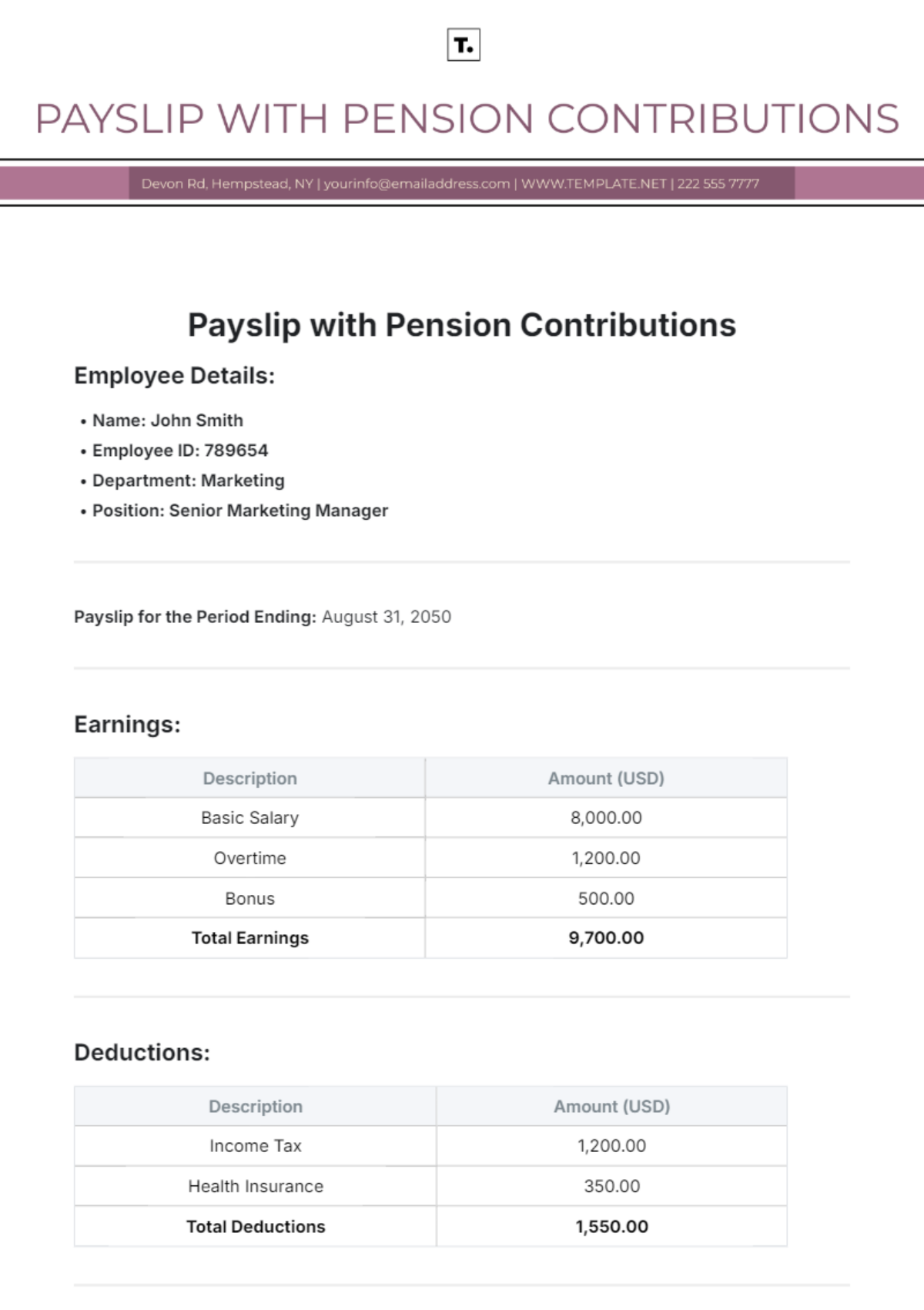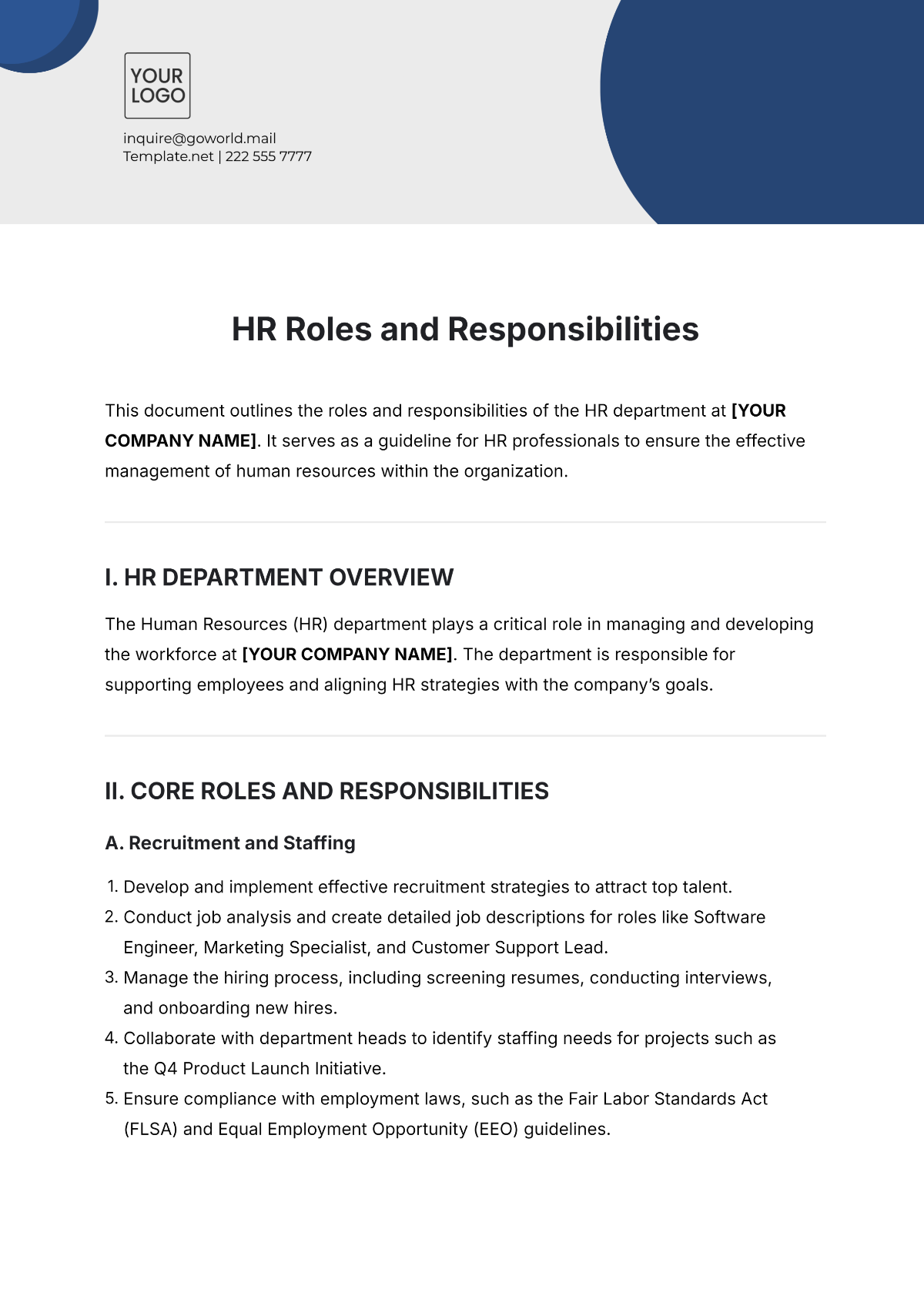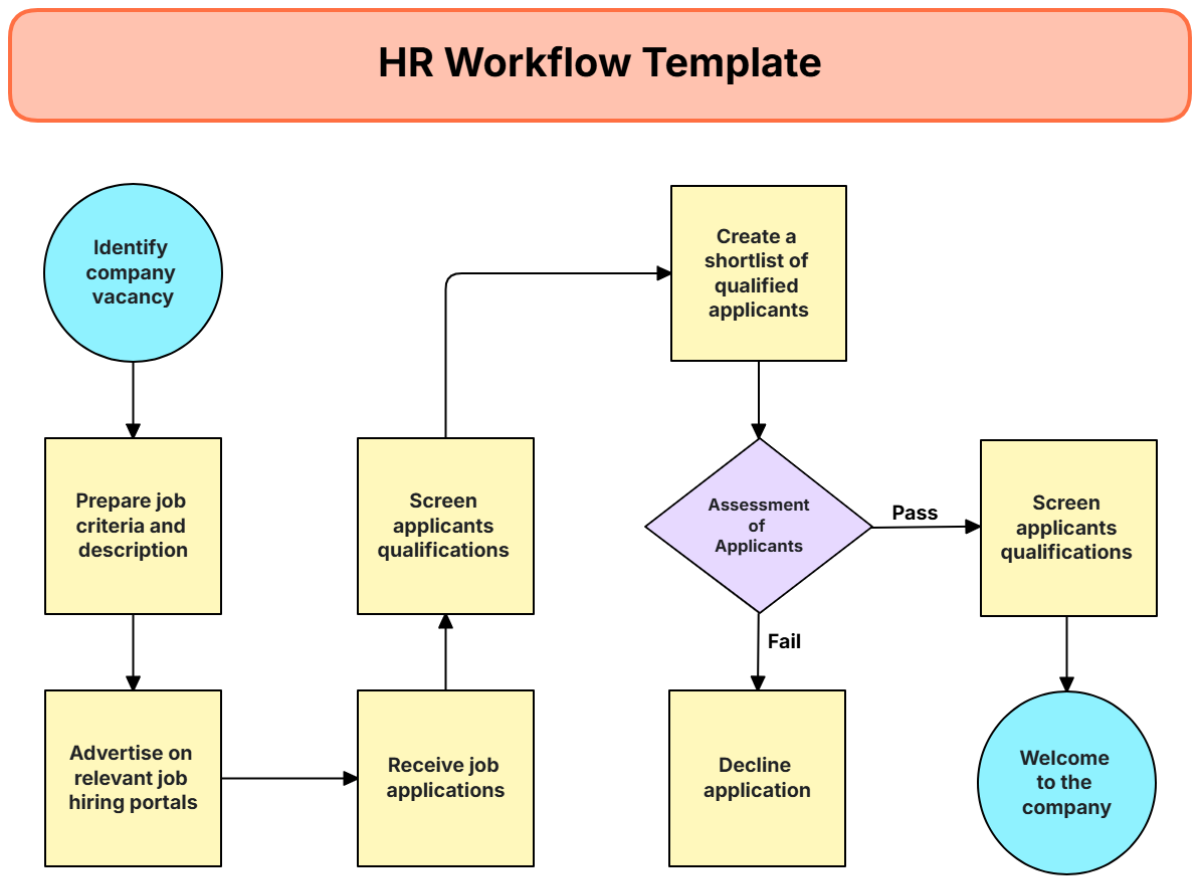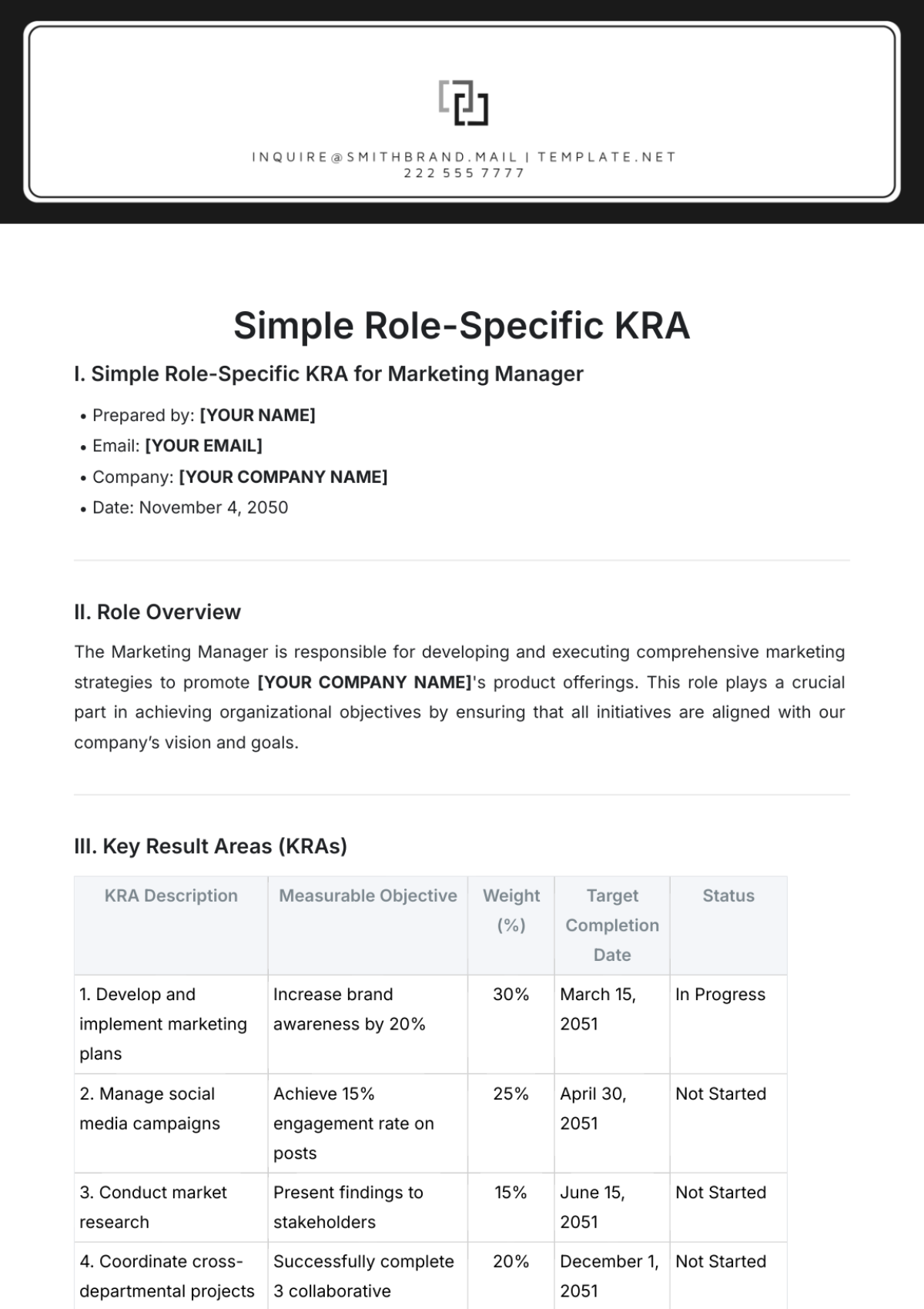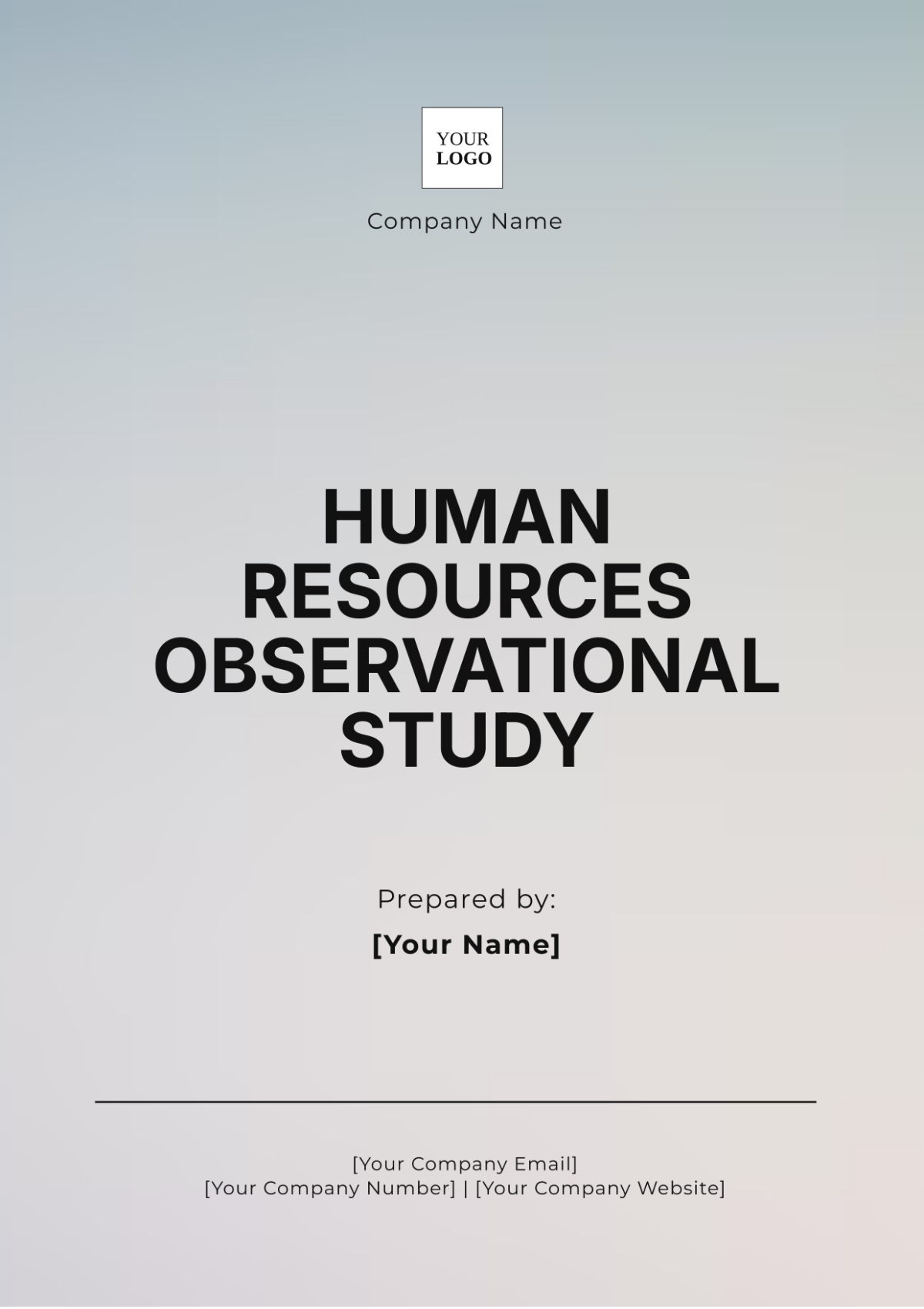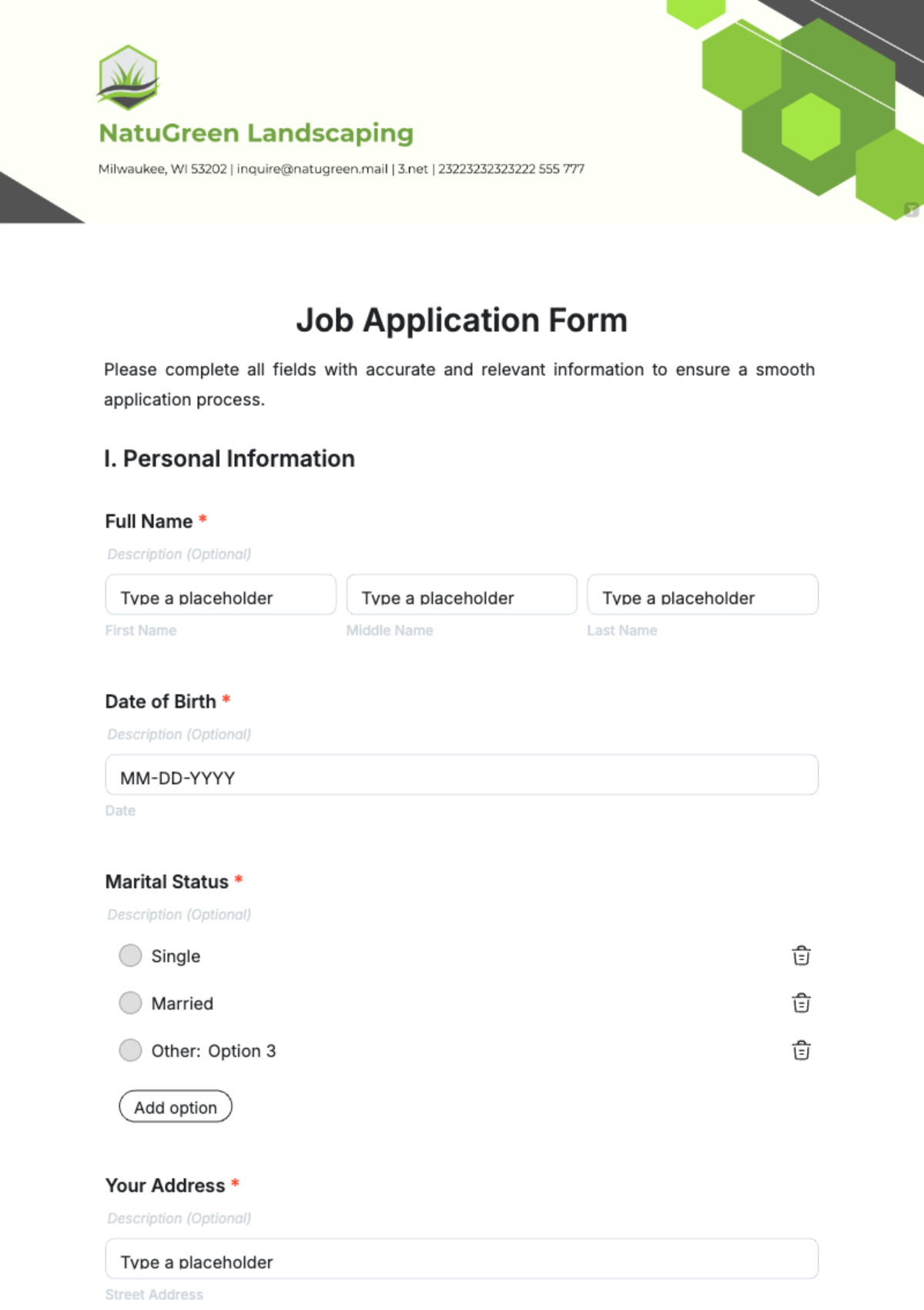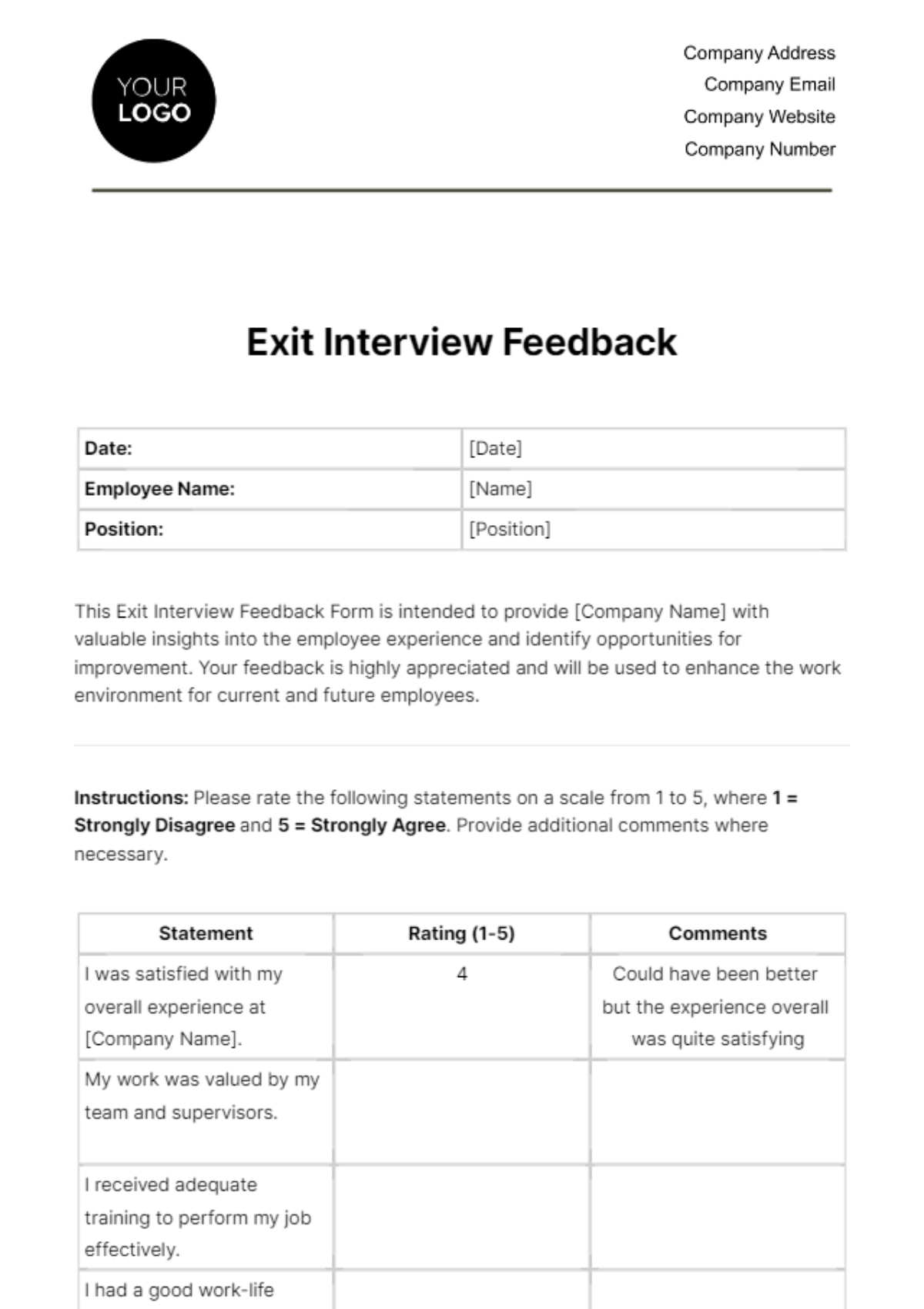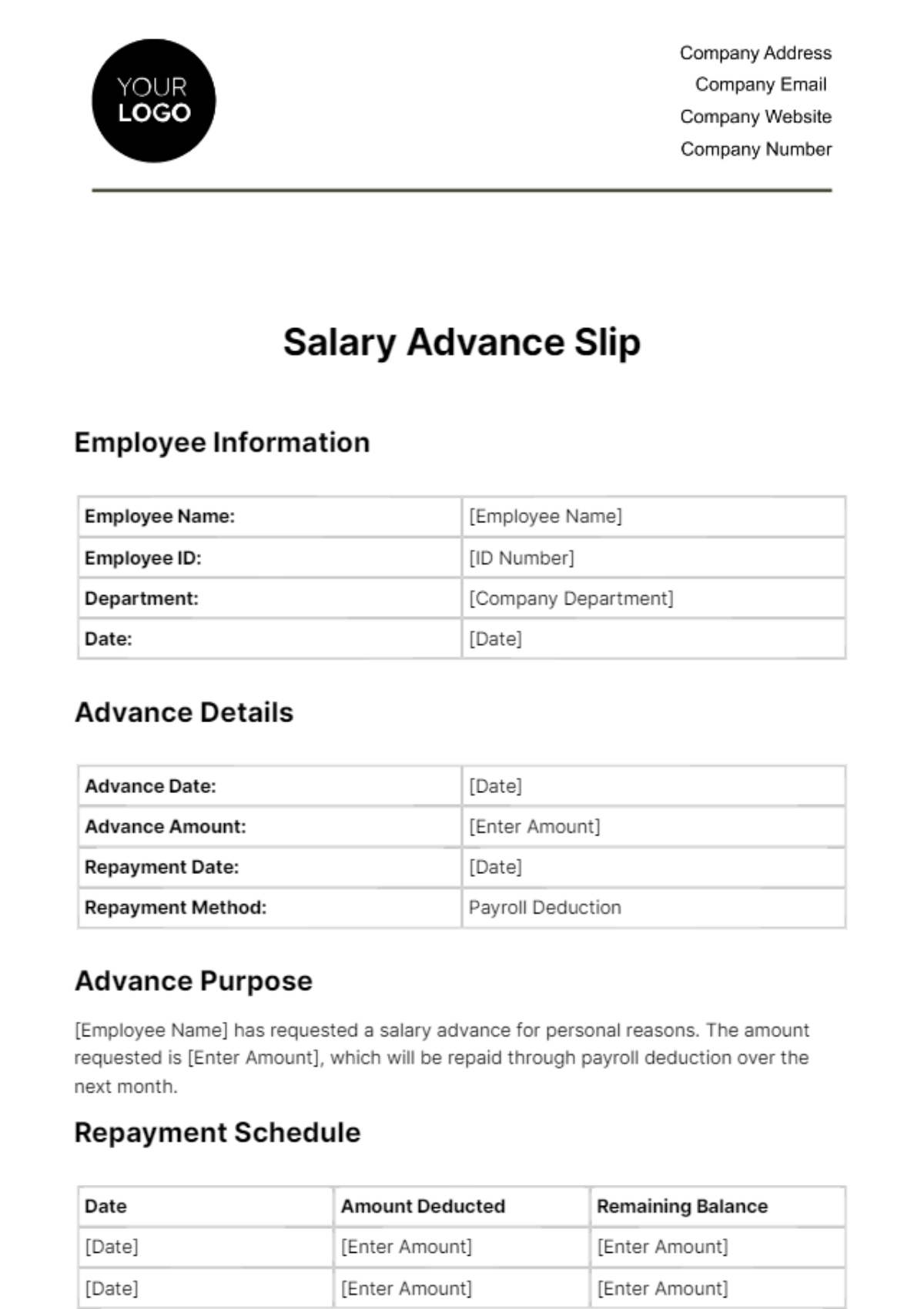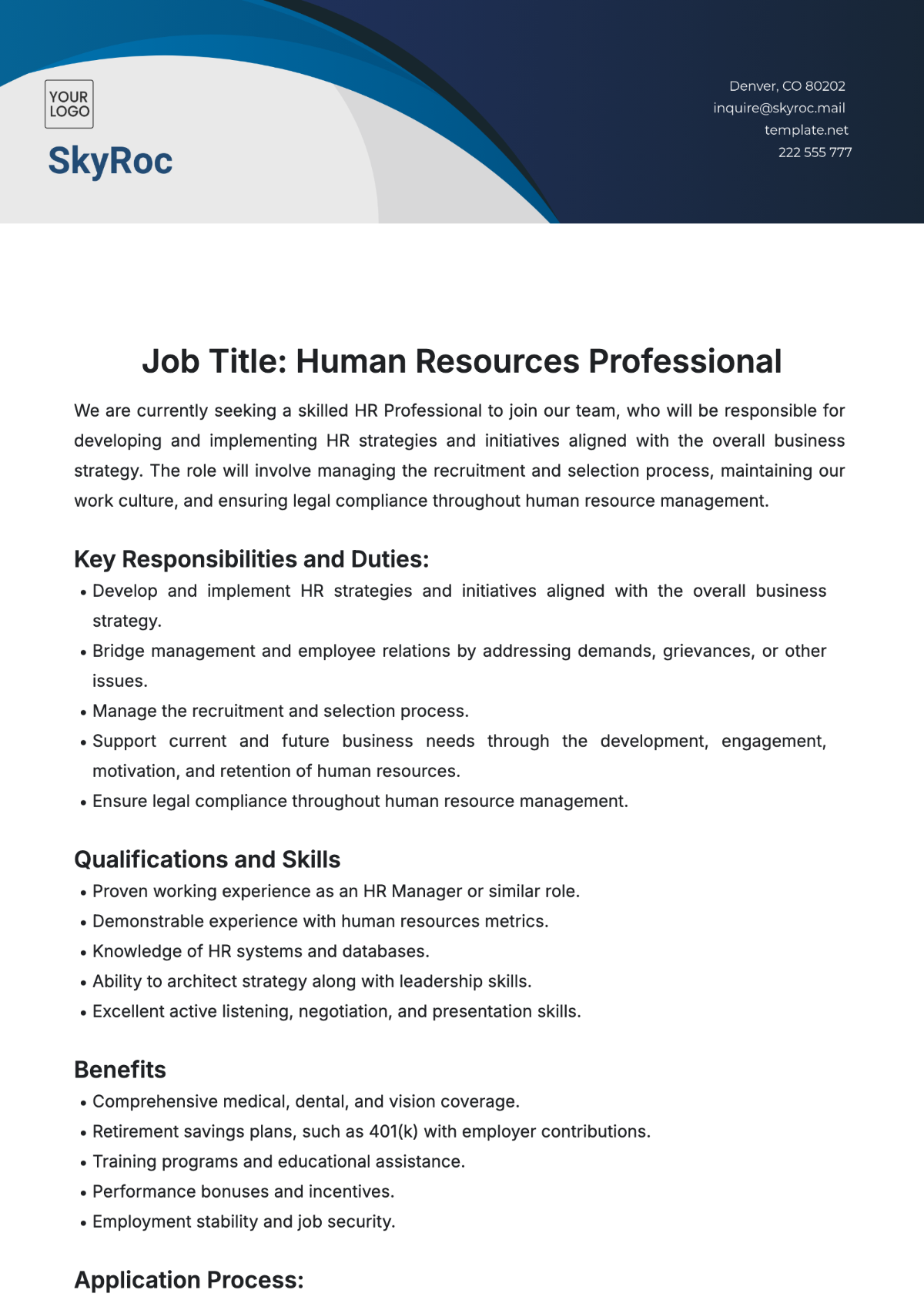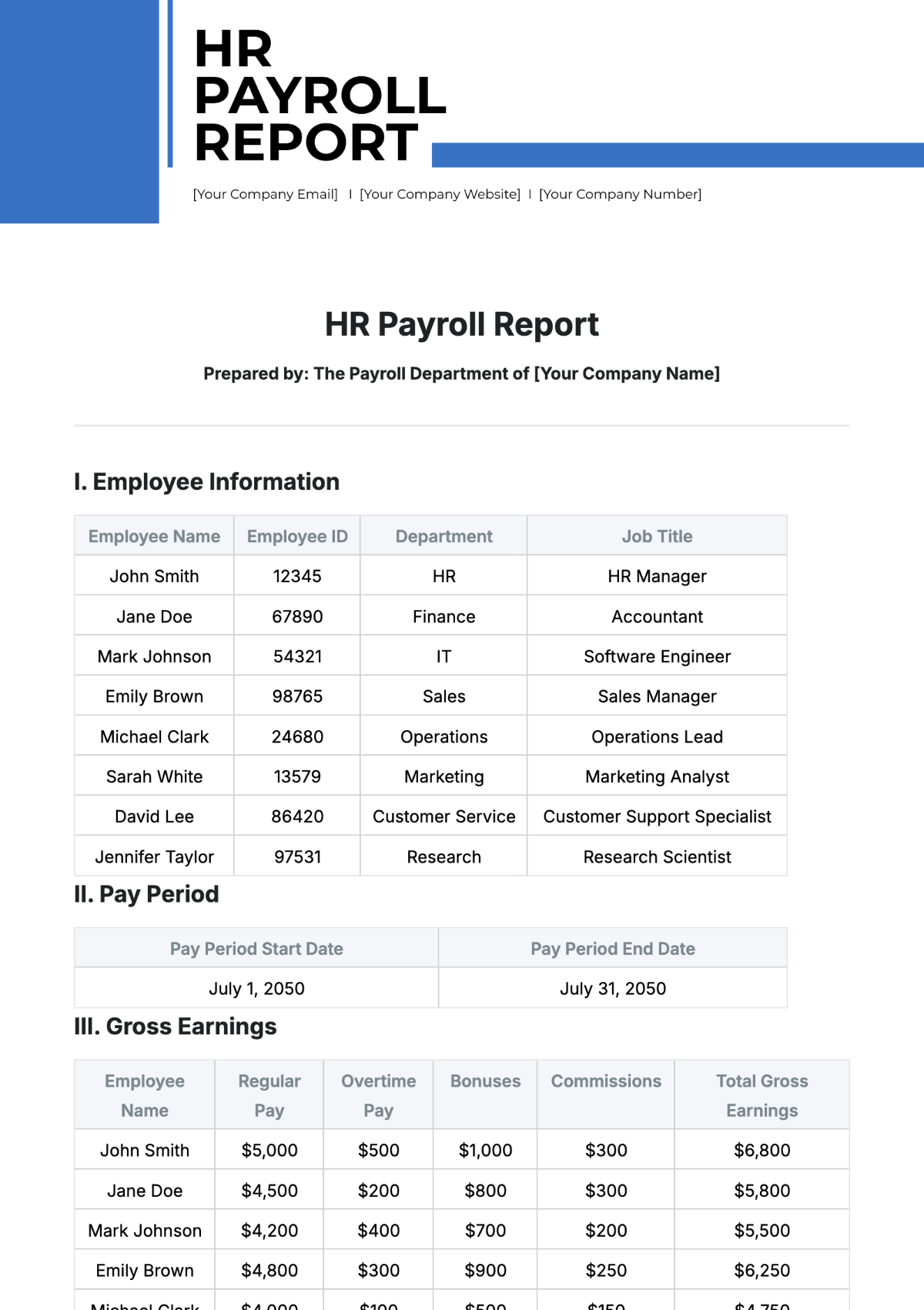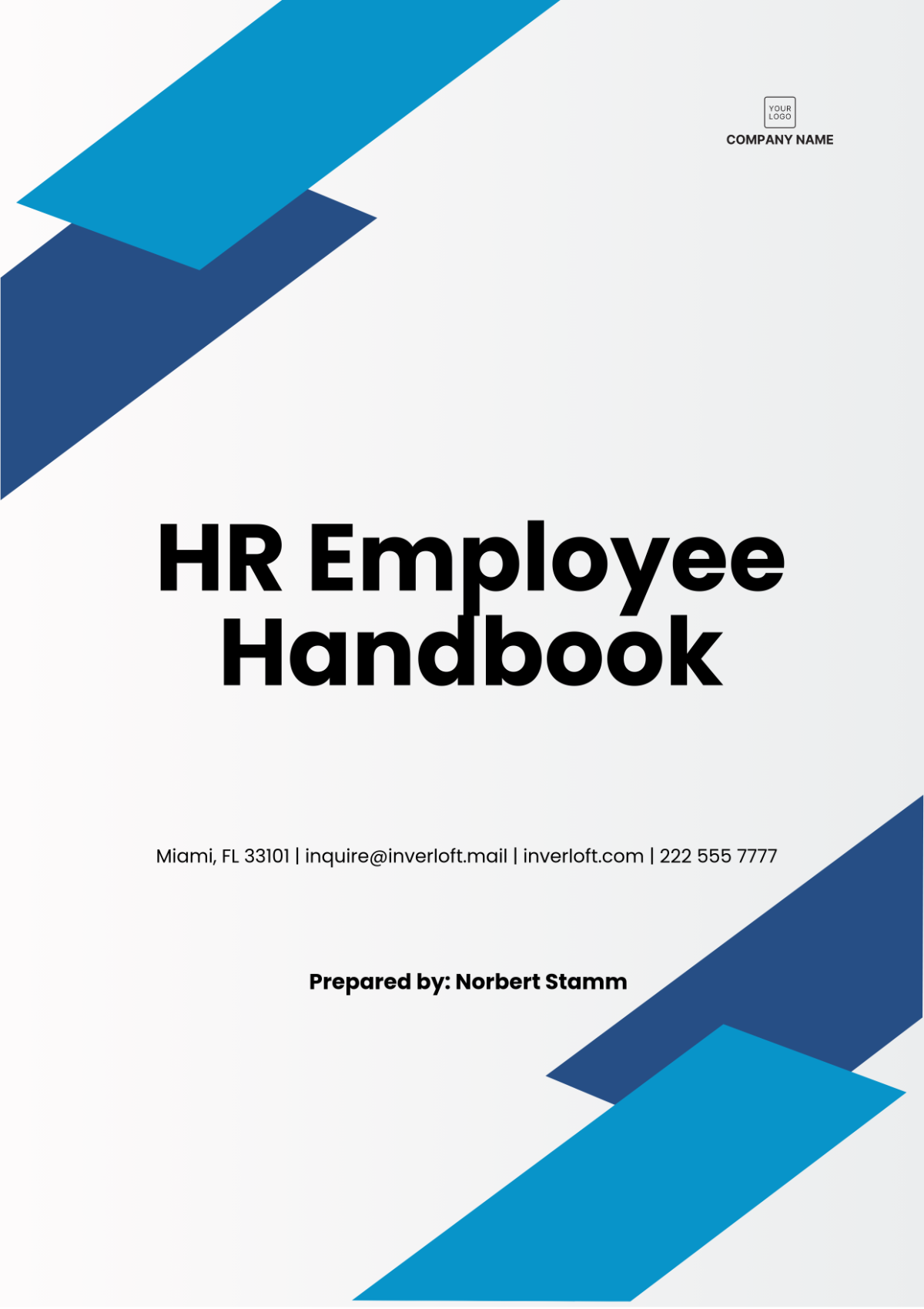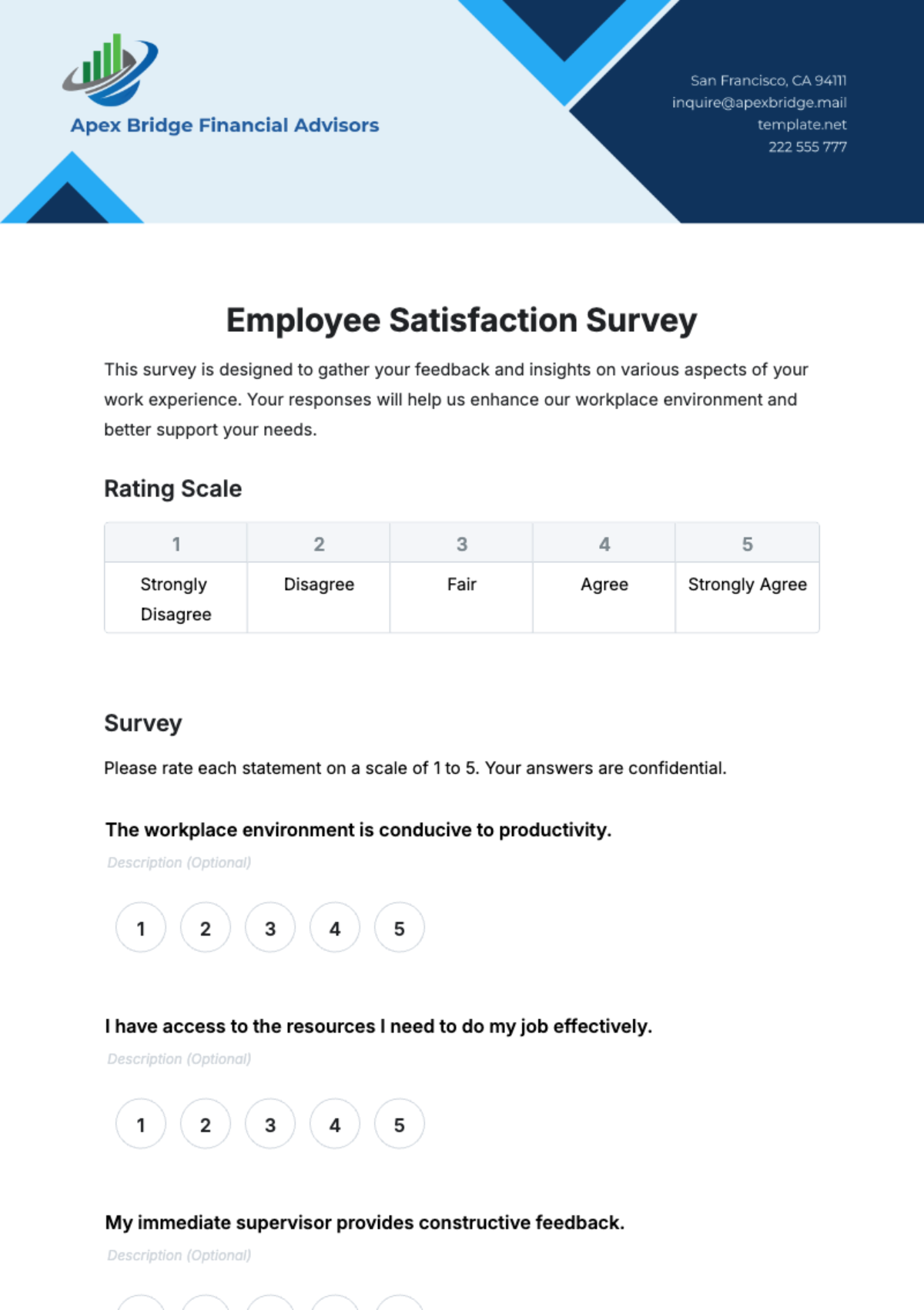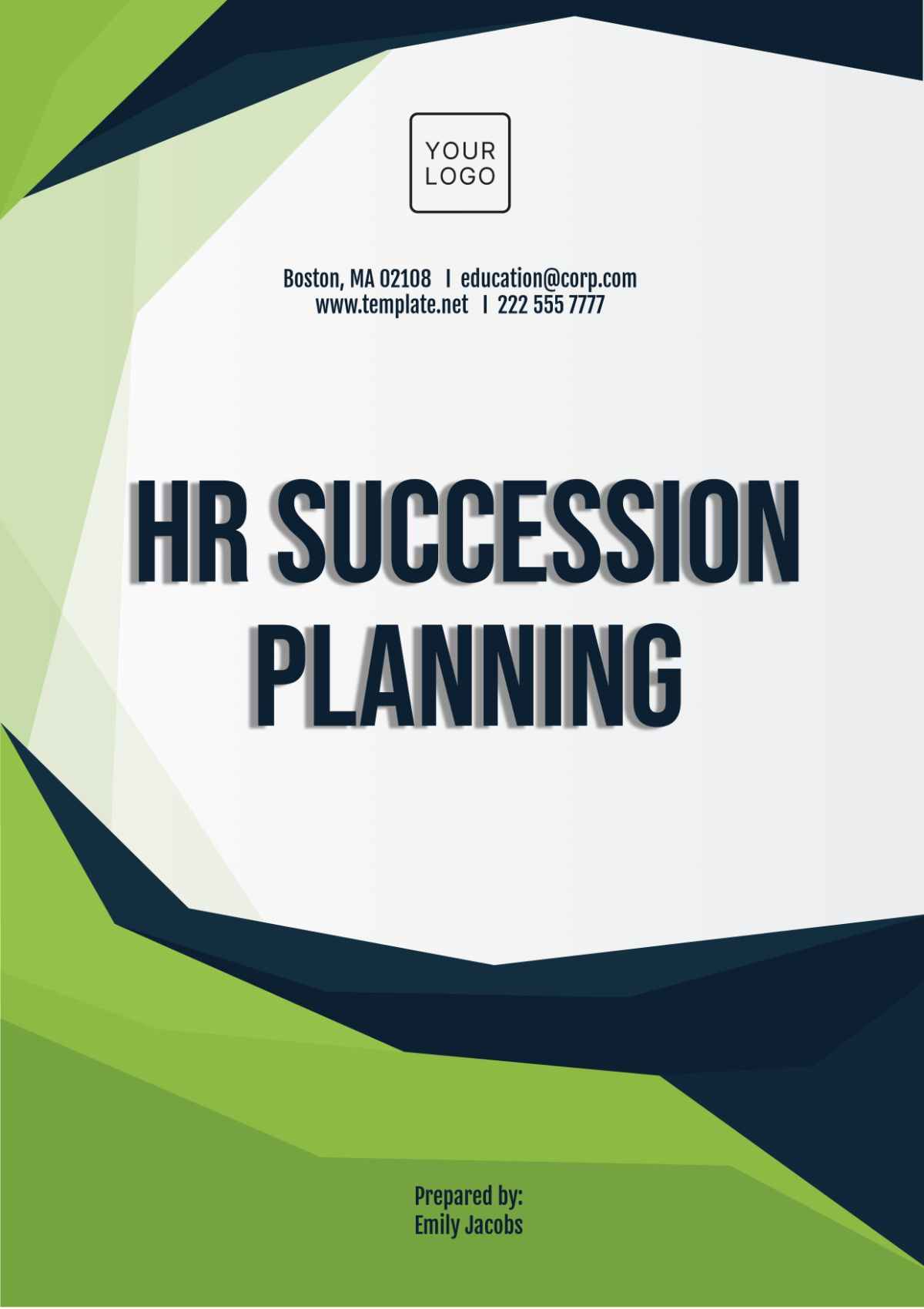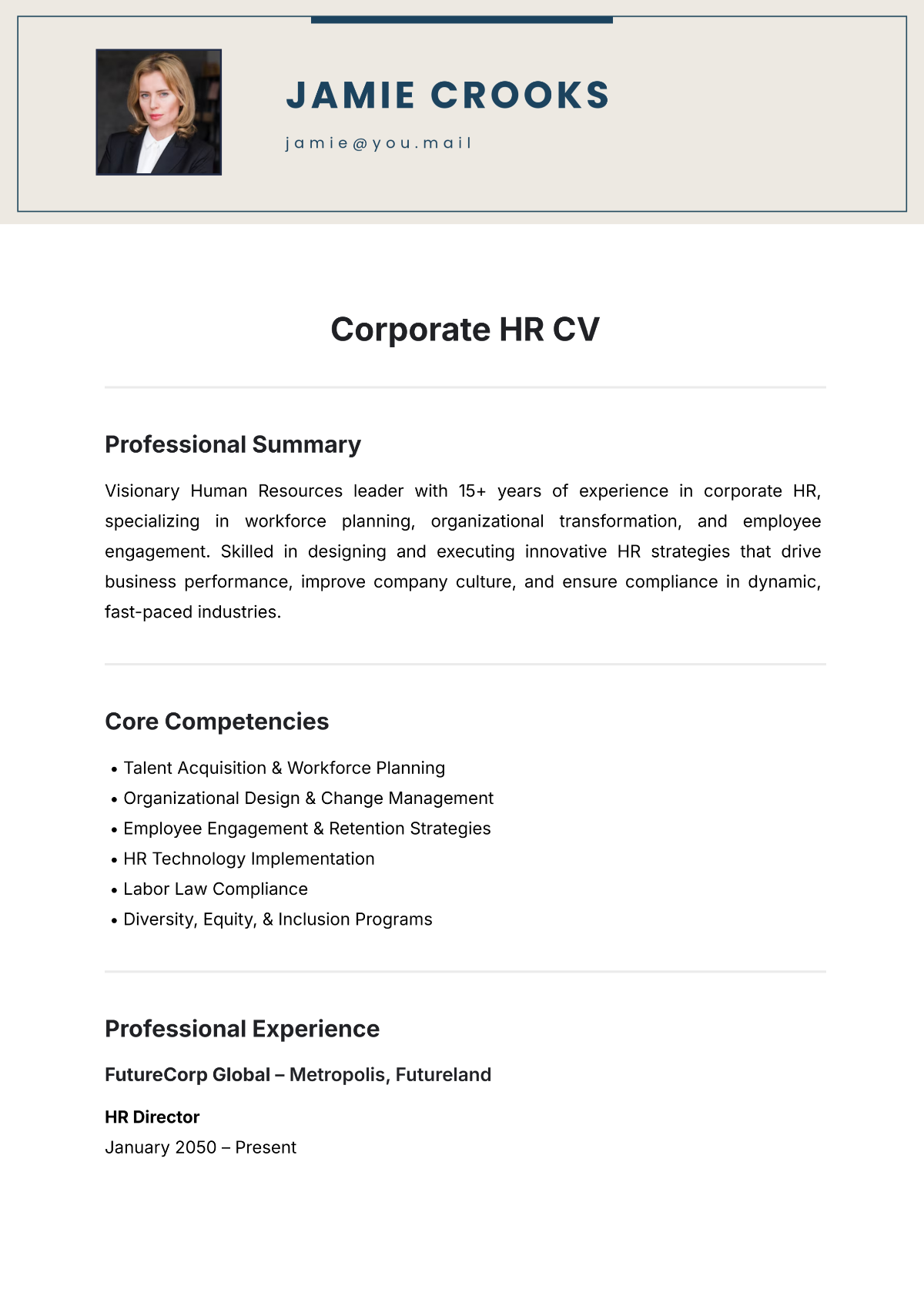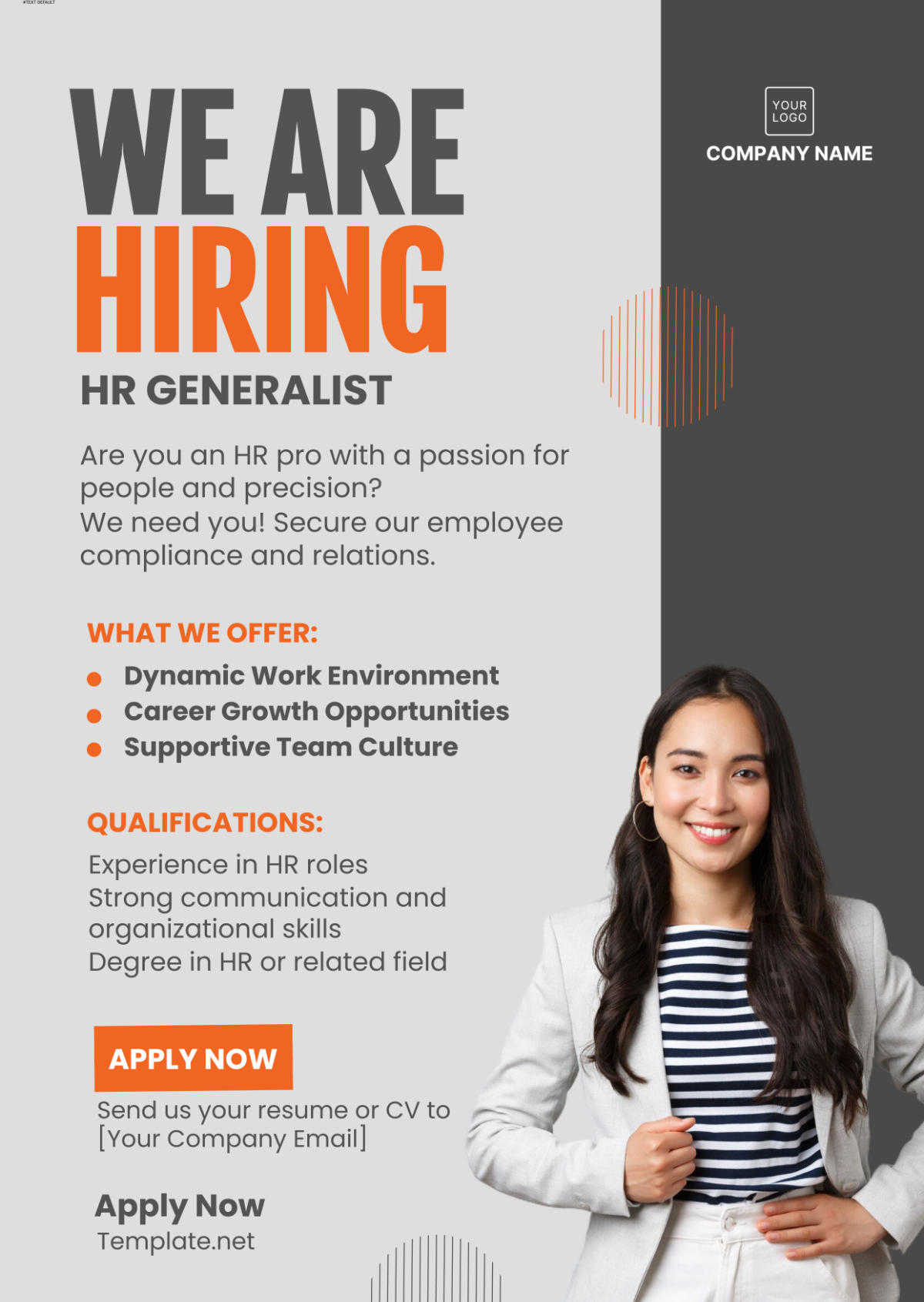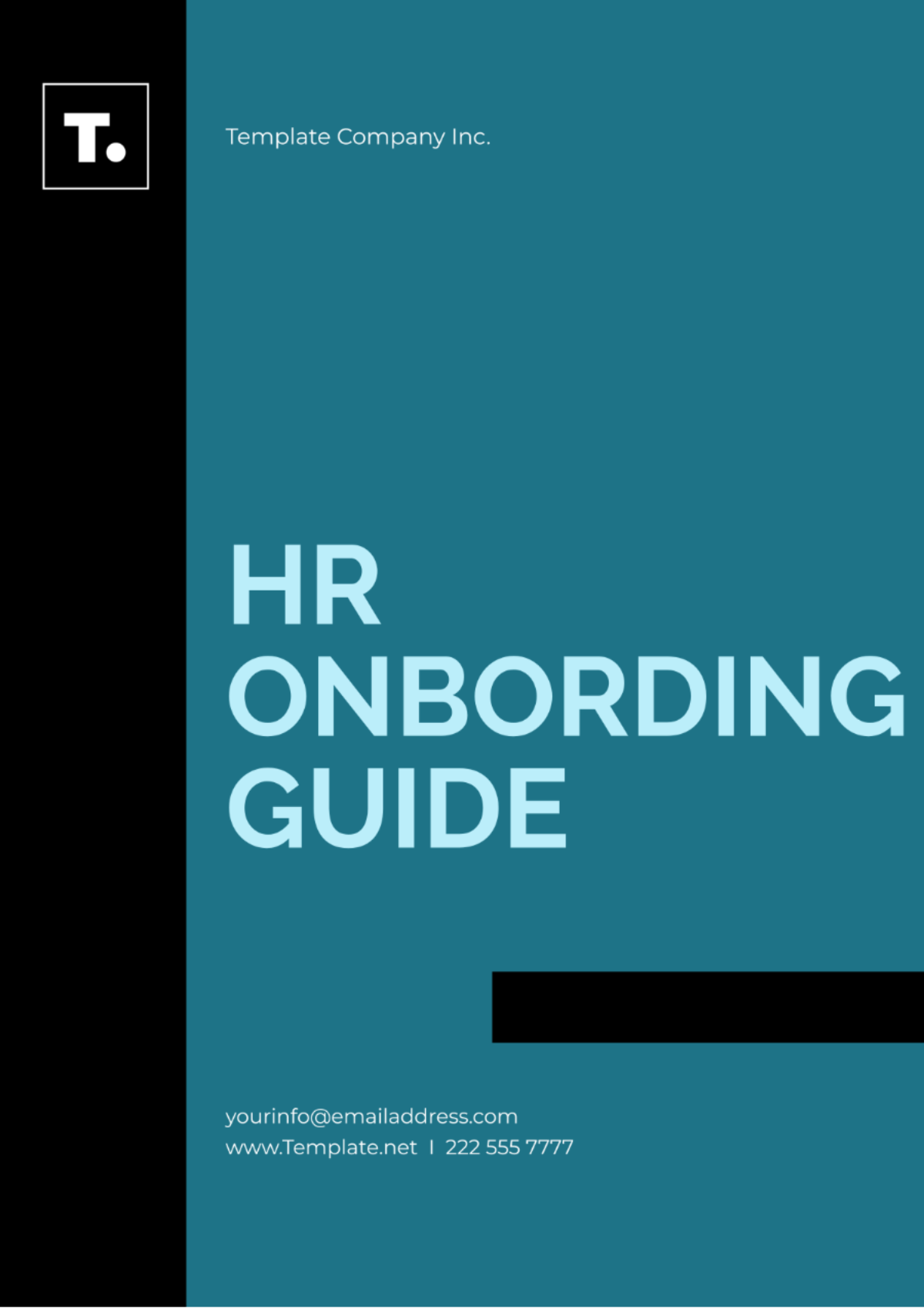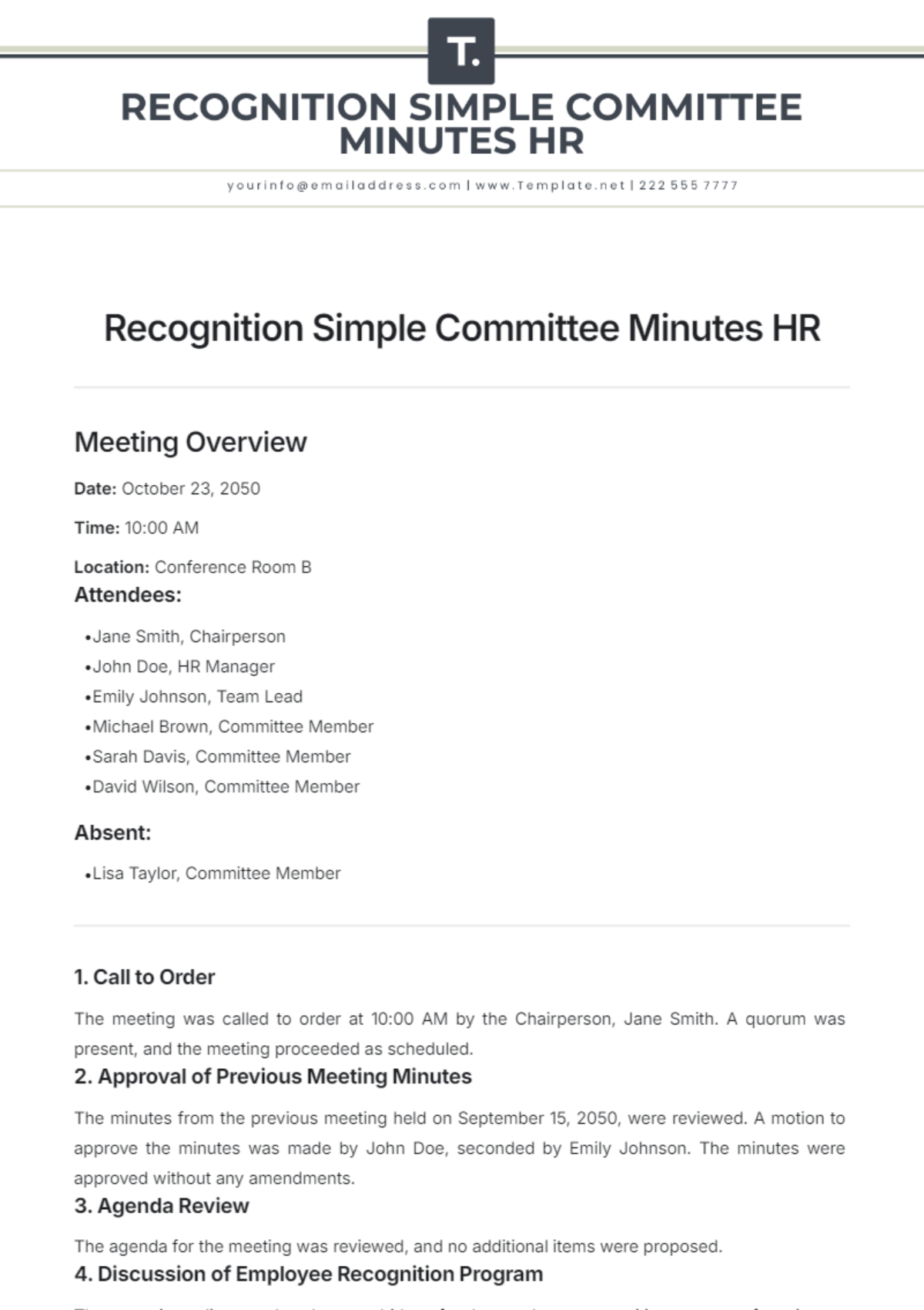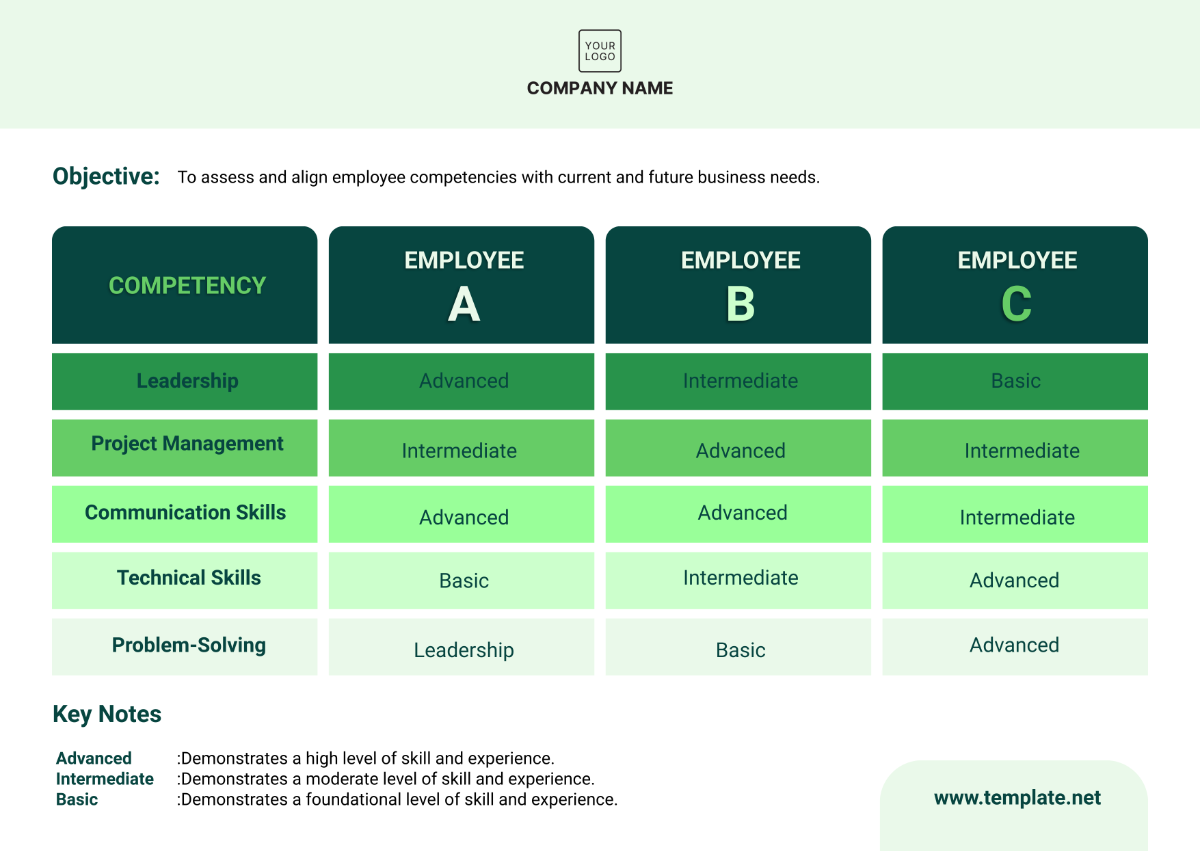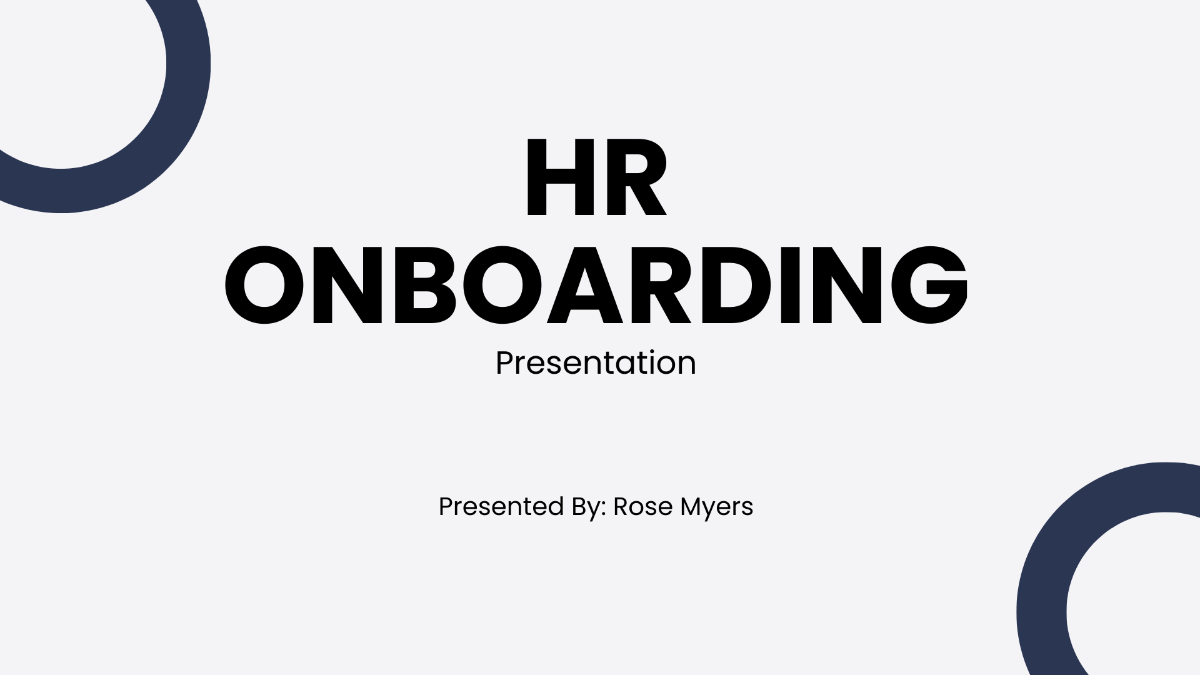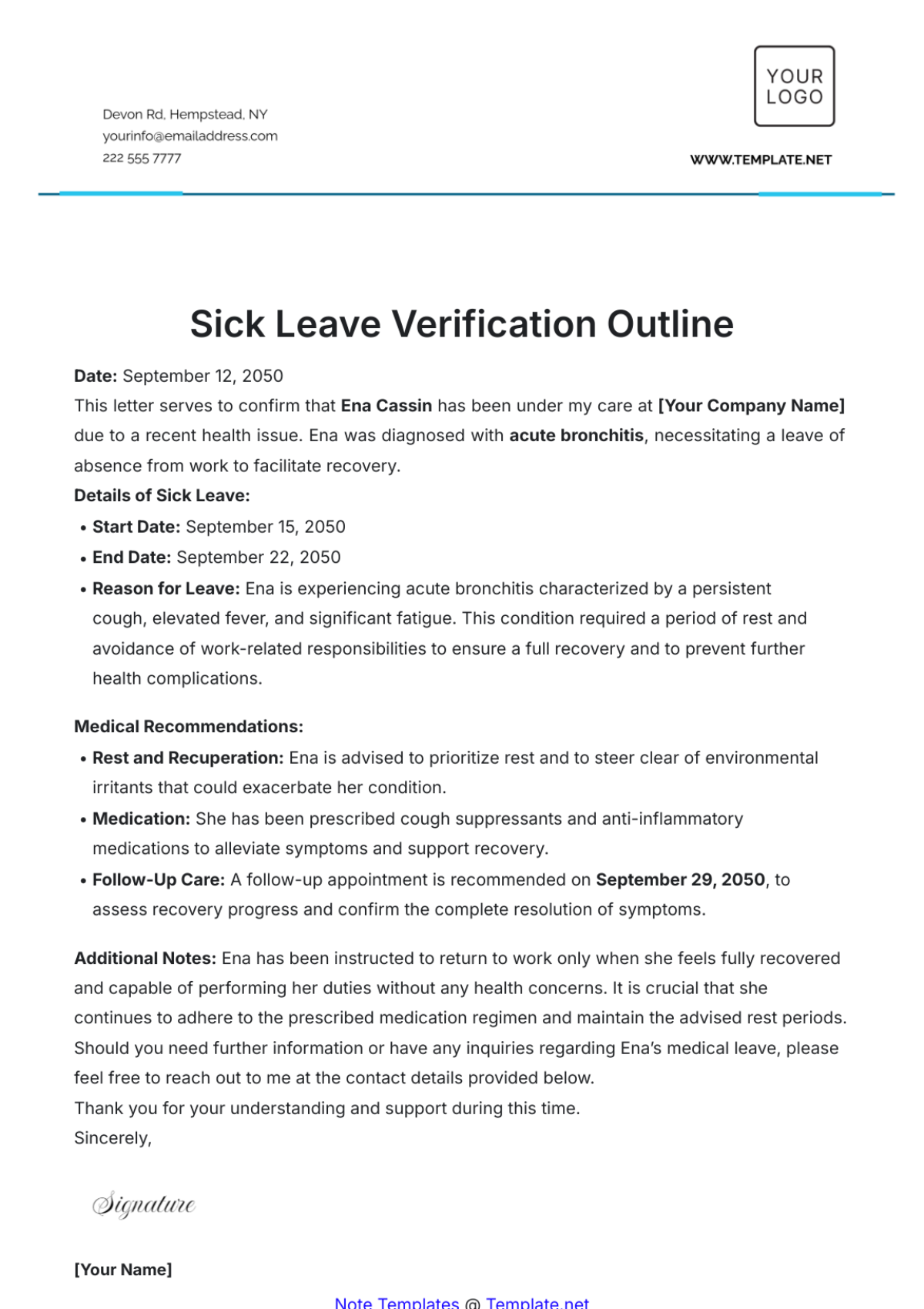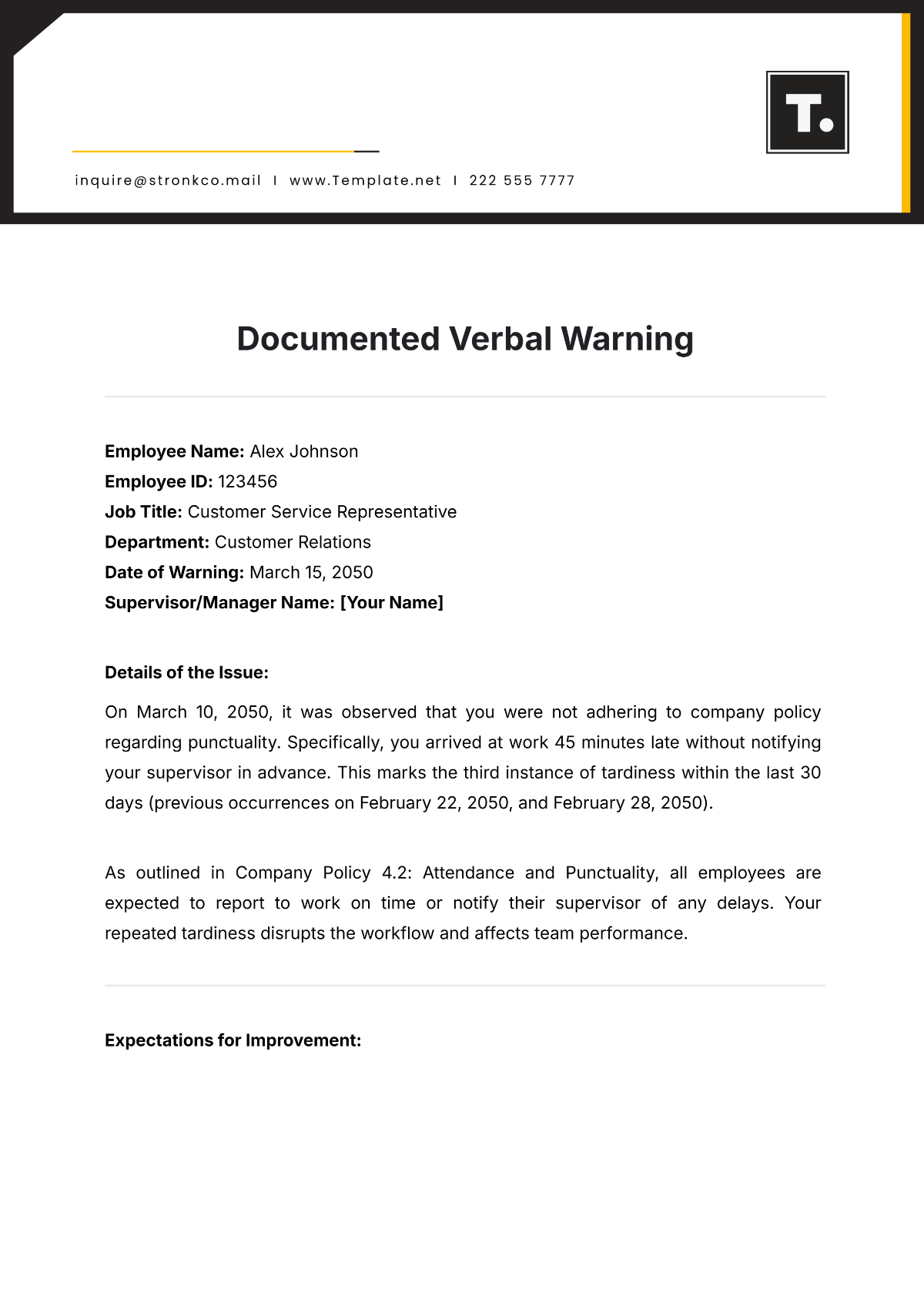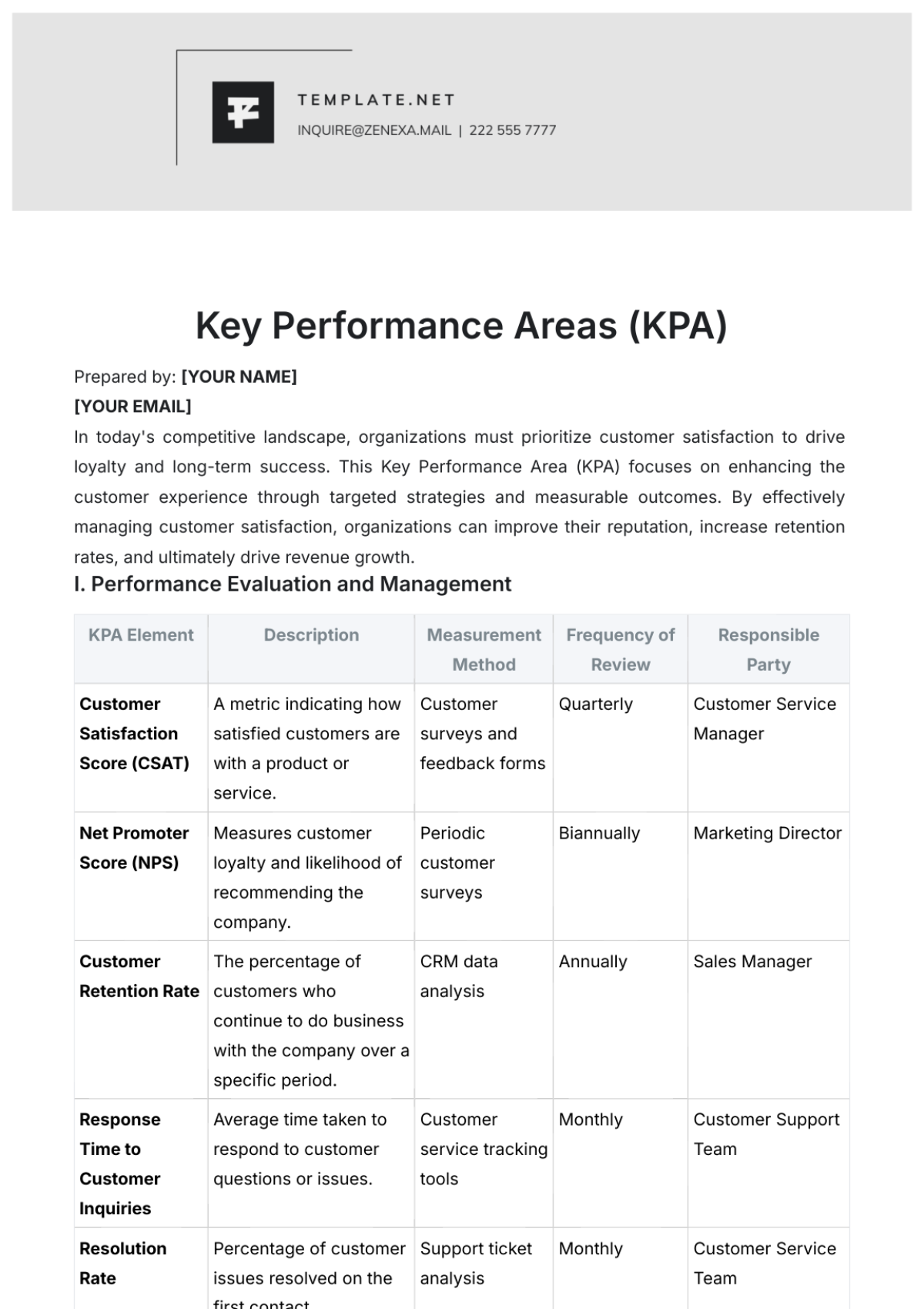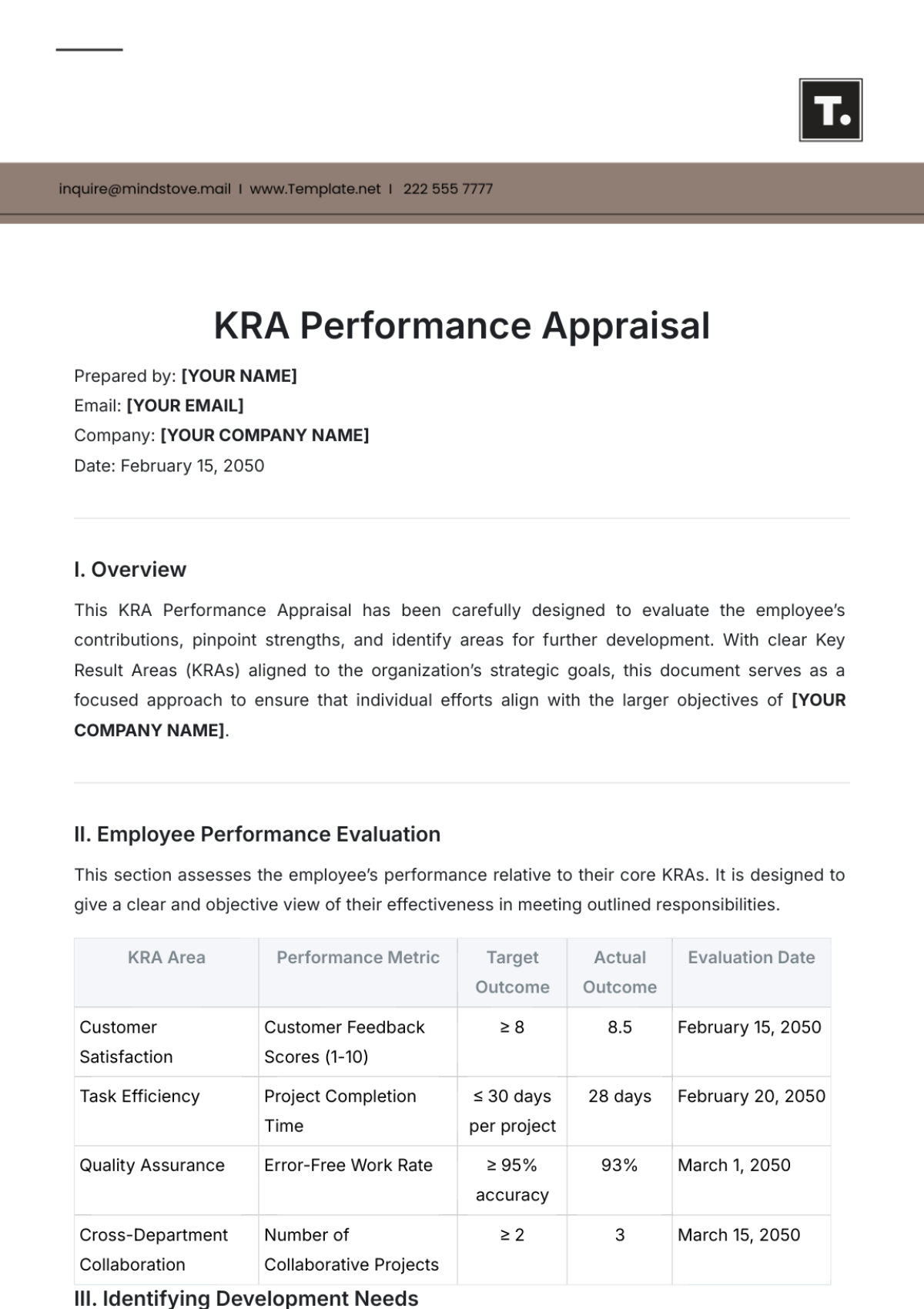Conflict Resolution & Performance Guide
At [Your Company Name], we value a harmonious workplace where employees can perform at their best. This Conflict Resolution & Performance Guide has been created to assist employees and managers in handling workplace conflicts and enhancing overall performance. We believe that effective conflict resolution and performance management are essential for the success of our organization and the growth of our employees.
Conflict Resolution
Recognizing the various types of conflict empowers employees and managers to address them proactively, fostering a healthier and more productive work environment.
Conflict is a natural occurrence in any workplace, and understanding its various forms is crucial for effective resolution. At [Your Company Name], we recognize the following types of conflict:
Types of Conflict | |
Interpersonal Conflict: | This type of conflict emerges from disagreements, tensions, or differences between individuals. It can arise due to differing opinions, communication breakdowns, or personality clashes. Addressing interpersonal conflicts promptly is essential to maintain a harmonious workplace. |
Team Conflict: | Team conflicts involve disputes within a group or team that can hinder collaboration and productivity. These conflicts may result from disagreements over goals, work methods, or the allocation of responsibilities. Encouraging open communication and teamwork is key to resolving team conflicts. |
Conflict of Interest: | When personal interests or agendas conflict with the goals and objectives of the organization, it can lead to conflicts of interest. Such conflicts may involve financial interests, personal relationships, or ethical dilemmas. Transparency and adherence to the organization's code of conduct are essential in managing conflicts of interest. |
Value-Based Conflict: | Differences in values, beliefs, or ethical standards can create value-based conflicts. These conflicts may arise when employees have contrasting views on issues such as diversity, social responsibility, or workplace ethics. Resolving value-based conflicts requires respectful dialogue and a commitment to understanding diverse perspectives. |
Workload Conflict: | Disputes related to job assignments, roles, or responsibilities fall under workload conflicts. These conflicts may occur when there is an imbalance in work distribution, unclear job descriptions, or resource constraints. Managing workload conflicts involves revising job roles, setting clear expectations, and ensuring equitable workloads among team members. |
Conflict Resolution Process
Dealing with conflicts swiftly and efficiently is paramount to maintaining a harmonious work environment. The following comprehensive steps should be adhered to:

Identification: Begin by acknowledging the presence of a conflict and discerning its nature and underlying causes.
Communication: Foster a culture of open and honest dialogue among the parties involved. Encourage active listening and empathy, ensuring all viewpoints are heard and respected.
Mediation: In cases where resolution is challenging to achieve directly, consider engaging a neutral third party skilled in conflict resolution. This mediator will guide and facilitate productive discussions, promoting a balanced resolution.
Resolution: Commit to a cooperative approach to finding a solution that all parties involved find agreeable. This involves brainstorming, compromise, and, when necessary, adapting processes to accommodate varying perspectives.
Documentation: Maintain a thorough record of the entire conflict resolution process. Document discussions, agreements, and any actions taken. This documentation is essential for tracking progress and ensuring transparency.
Conflict Resolution Techniques
TECHNIQUE | DESCRIPTION |
Active Listening | Listen attentively to understand the concerns of all parties. |
Negotiation | Seek mutually beneficial solutions through compromise. |
Mediation | Involve a neutral mediator to guide discussions. |
Conflict Coaching | Provide coaching to individuals on conflict resolution skills. |
Conflict Avoidance | Prevent conflicts by addressing issues early and promoting a positive work environment. |
Escalation Process
In some cases, conflicts may escalate beyond the scope of the individuals involved or their immediate managers. In such instances, it's important to have a defined escalation process to ensure that conflicts are addressed appropriately. The escalation process at [Your Company Name] involves the following steps:
First-Level Escalation: If a conflict cannot be resolved through direct communication or mediation, employees should escalate the matter to their immediate supervisor or manager. The manager will then assess the situation and work towards a resolution.
Second-Level Escalation: If the conflict remains unresolved after the first-level escalation, it may be necessary to involve higher-level management or department heads. This may include a meeting with the HR department to provide additional guidance and support.
Third-Level Escalation: In rare cases where conflicts persist despite efforts at the lower levels, the matter can be escalated to the executive leadership team. The executive team will conduct a thorough review and take necessary actions to resolve the conflict, which may include further mediation, investigations, or policy changes.
Documentation: Throughout the escalation process, it is critical to maintain clear records of all communication and actions taken. This documentation helps in the review process and ensures transparency.
Confidentiality: Confidentiality will be maintained at all levels of conflict resolution. Information related to conflicts should only be shared with those directly involved or those who have a legitimate need to know.
Resolution and Follow-up: The goal of the escalation process is to reach a fair and satisfactory resolution to the conflict. After resolution, there should be a follow-up mechanism to ensure that the agreed-upon solutions are implemented and that any remaining issues are addressed.
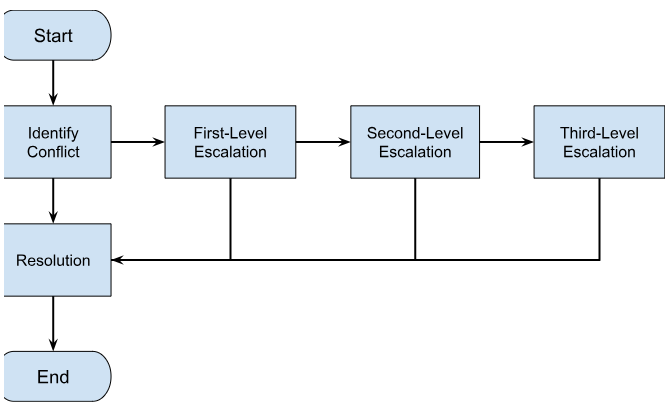
Performance Management
At [Your Company Name], setting and communicating clear performance expectations is the cornerstone of our commitment to excellence. We believe that when expectations are well-defined, employees can perform at their best. These expectations encompass:
2.1. Performance Expectations | |
Job Responsibilities: | We provide every employee with precise, well-defined roles and responsibilities to ensure clarity in their day-to-day tasks. Knowing what is expected in their roles helps employees focus their efforts and contribute effectively to the organization. |
Performance Goals: | Our approach to goal-setting is guided by the SMART principle: Specific, Measurable, Achievable, Relevant, and Time-bound. These goals act as compass points for employees, ensuring they are aligned with the organization's broader objectives and can be measured and tracked effectively. |
Key Performance Indicators (KPIs): | Metrics matter. We utilize KPIs to quantitatively assess and evaluate performance. These indicators serve as a compass, helping employees understand how their contributions impact the organization's overall success and growth. |
Behavioral Standards: | Beyond skills and tasks, we emphasize the significance of behavioral standards. These encompass expected professional conduct, including teamwork, communication, ethics, and other interpersonal skills. Upholding these standards ensures a harmonious workplace and effective collaboration among employees. |
Regular performance evaluations will be conducted to assess employee performance. The process includes:
2.2. Performance Evaluation | |
Self-Assessment: | Employees provide input on their performance. |
Manager Assessment: | Managers evaluate employees based on expectations. |
Feedback: | Constructive feedback is provided to help employees improve. |
Goal Setting: | Set new performance goals for the upcoming period. |
When an employee's performance falls below expectations, [Your Company Name] is committed to helping them get back on track through a structured Performance Improvement Plan (PIP). The PIP is a comprehensive tool designed to provide the necessary support and guidance. It includes:
2.3. Performance Improvement Plan | |
Specific Areas for Improvement: | This section precisely pinpoints the areas where the employee's performance has not met the desired standards. We believe that clarity is essential for understanding the gaps and working towards improvement. |
Action Steps: | The Action Steps are the heart of the PIP. This is a strategic plan that outlines, in detail, what the employee needs to do to enhance their performance. These steps are realistic, actionable, and tailored to the individual's needs. |
Timeline: | Setting a Timeline is crucial to the success of the PIP. It establishes clear expectations for when the required improvements should be achieved. This deadline should be challenging yet attainable, providing a sense of urgency while maintaining a fair opportunity for improvement. |
Support: | We understand that every employee may require different types of support to excel. This section of the PIP outlines the assistance and resources that will be made available to the employee. It can include mentorship, additional training, access to relevant materials, or any other support deemed necessary. |
Regular Review: | The PIP is not a one-time solution; it's a dynamic process. Regular Reviews are scheduled to assess progress, provide feedback, and make any necessary adjustments to the plan. These reviews ensure that the employee remains on the path to improvement and allows for open communication between the employee and their manager. |
The PIP is a collaborative effort between the employee and their manager, emphasizing our commitment to your success and growth within the organization. By following the PIP, we aim to provide you with the necessary tools and guidance to meet and exceed the performance expectations. Your success is our success, and we are here to support you every step of the way.
Conclusion
At [Your Company Name], our unwavering commitment is to create and sustain a positive work environment where conflicts are not merely resolved but transformed into opportunities for growth and innovation. We believe in nurturing the potential of every employee, recognizing that their success is intrinsically tied to our organizational success.
By adhering to the principles outlined in this Conflict Resolution & Performance Guide, we endeavor to cultivate a workplace where all employees can not only thrive but also flourish, making valuable contributions and experiencing personal and professional growth along the way.
We invite each member of our [Your Company Name] family to internalize the importance of effective conflict resolution and performance management in achieving our shared goals. Your dedication to these principles plays an integral role in securing our collective success and reinforcing our position as a leader in the industry.
Remember, every conflict is an opportunity, and every performance improvement journey is a pathway toward excellence. Together, we shape our future, and together, we rise to new heights.
Thank you for being a vital part of the [Your Company Name] family.
